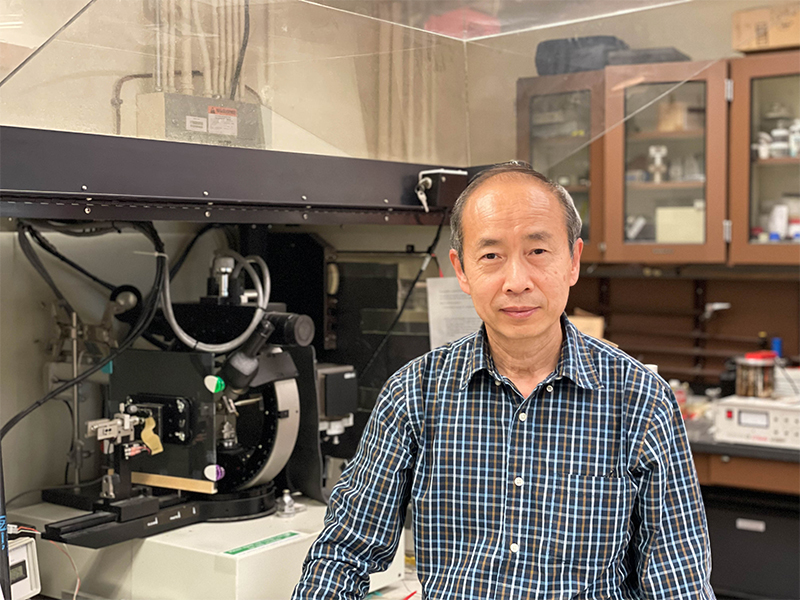People
People
Faculty Directory
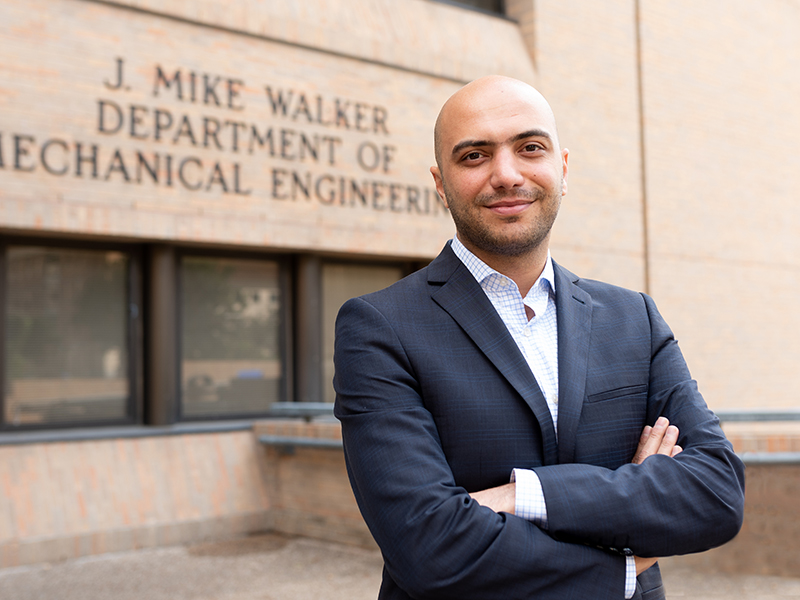
Farshid Alambeigi
Associate Professor
Leland Barclay Fellowship in Engineering
farshid.alambeigi@austin.utexas.edu
Office Location: AHG 2.320
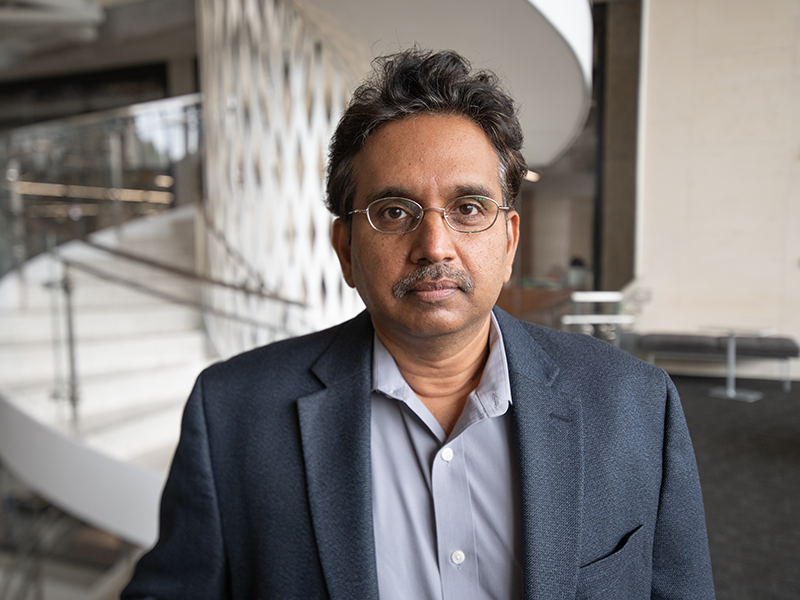
Narayana Aluru
Professor
Cockrell Family Regents Chair in Engineering #9
aluru@utexas.edu
Office Location: POB 3.340
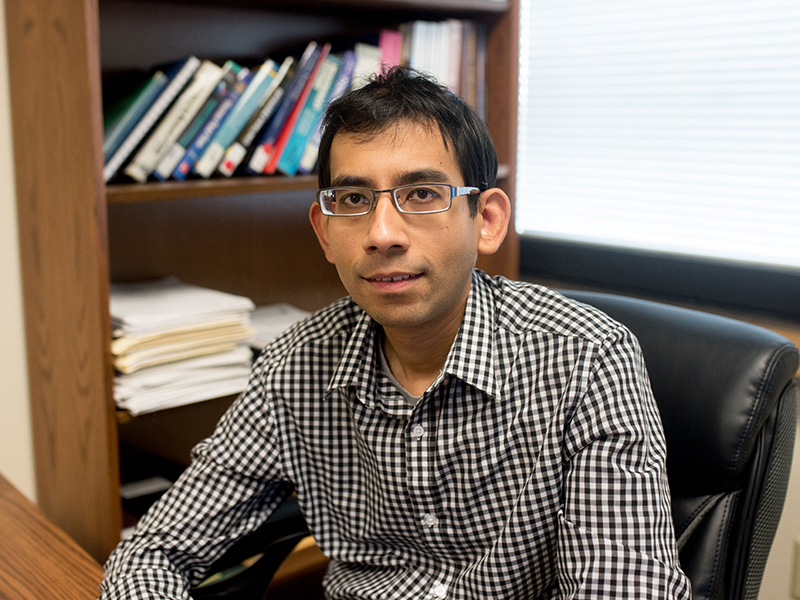
Vaibhav Bahadur
Associate Professor
Carl J. Eckhardt Fellowship in Mechanical Engineering
vb@austin.utexas.edu
512-471-0233
Office Location: GLT 2.210
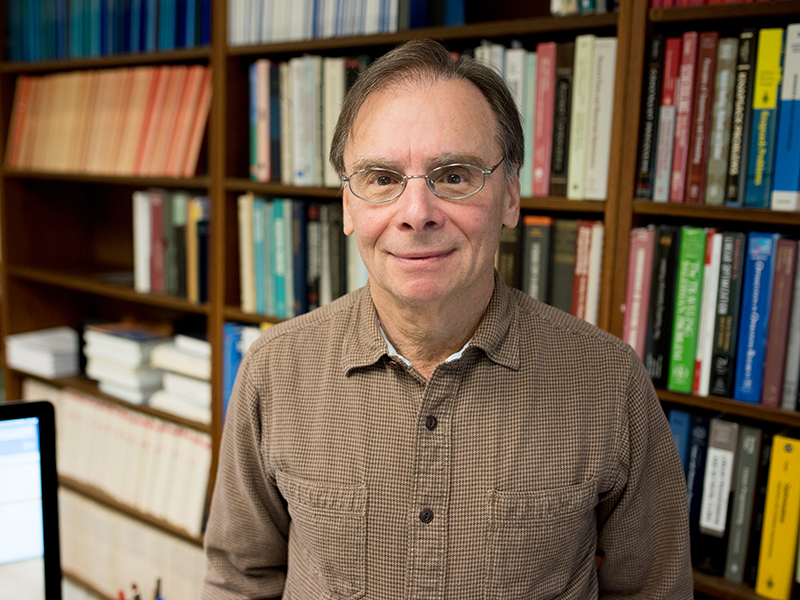
Jonathan Bard
Professor
Industrial Properties Corporation Endowed Faculty Fellowship in Engineering
jbard@utexas.edu
512-471-3076
Office Location: ETC 5.126
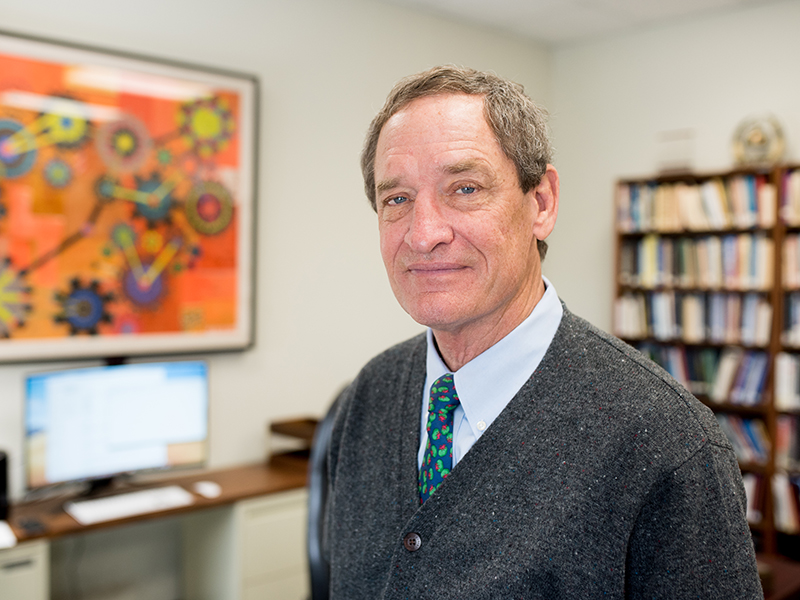
Joseph Beaman
Professor
Cockrell Family Dean's Chair in Engineering Excellence
jbeaman@mail.utexas.edu
512-471-3058
Office Location: ETC 4.144
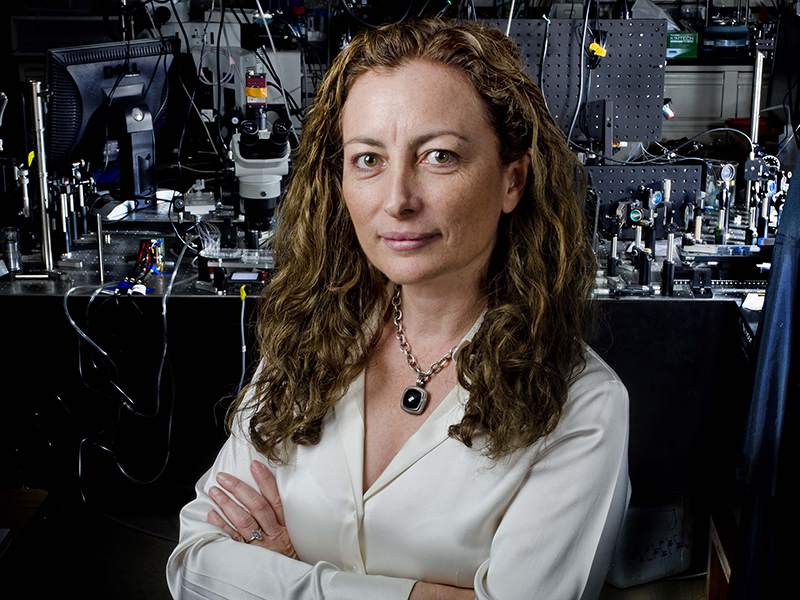
Adela Ben-Yakar
Professor
Cockrell Family Chair in Engineering #14
ben-yakar@mail.utexas.edu
Office Location: ETC 7.132
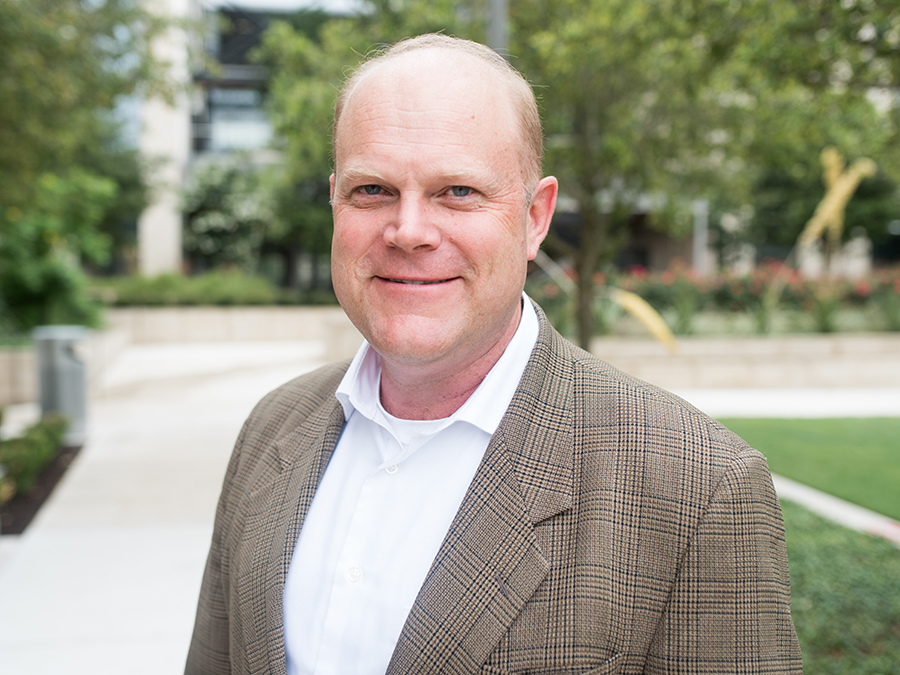
J. Eric Bickel
Professor
Engineering Foundation Endowed Professorship No. 1
ebickel@mail.utexas.edu
512-232-8316
Office Location: ETC 5.128C
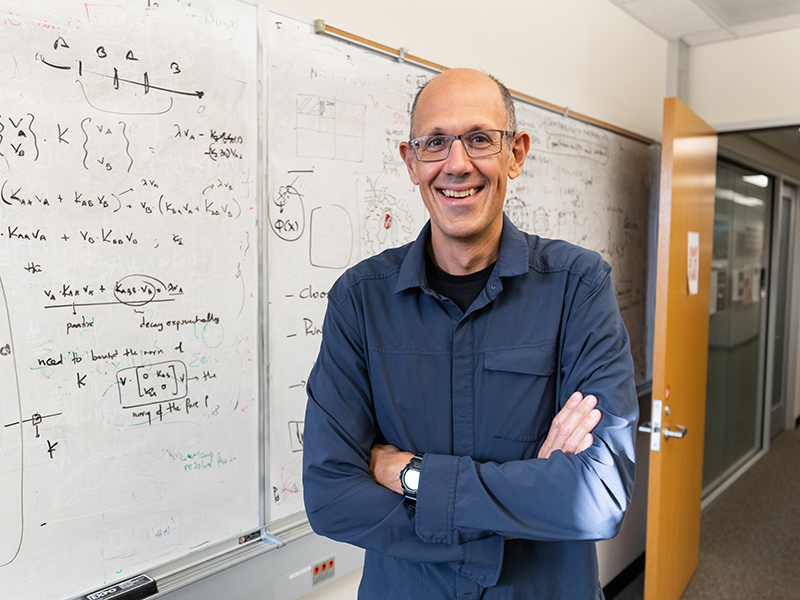
George Biros
Professor
W.A. "Tex" Moncrief, Jr. Endowment in Simulation-based Engineering Sciences Endowed Chair No. 2
gbiros@acm.org
512-232-9566
Office Location: POB 5.234
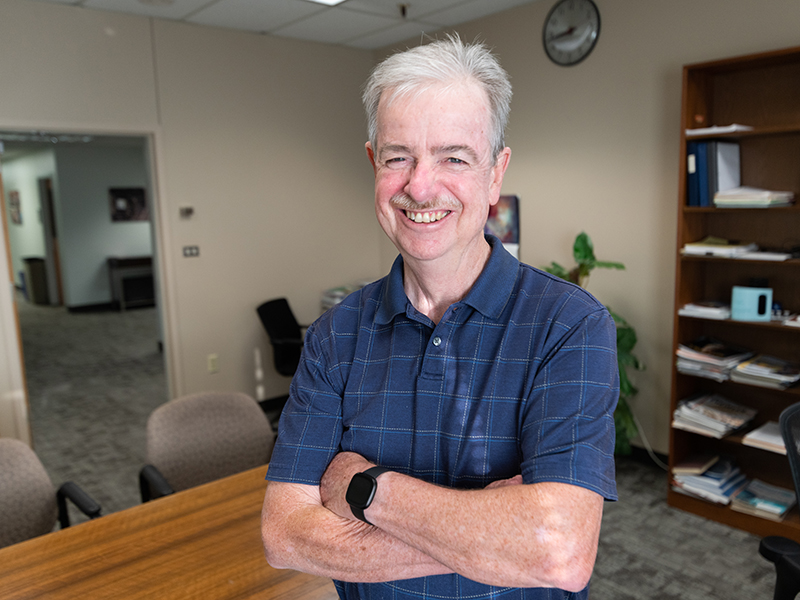
David Bogard
Professor
Baker Hughes Incorporated Centennial Professorship in Mechanical Engineering
dbogard@mail.utexas.edu
512-471-3128, 512-471-5727
Office Location: ETC 6.106EB
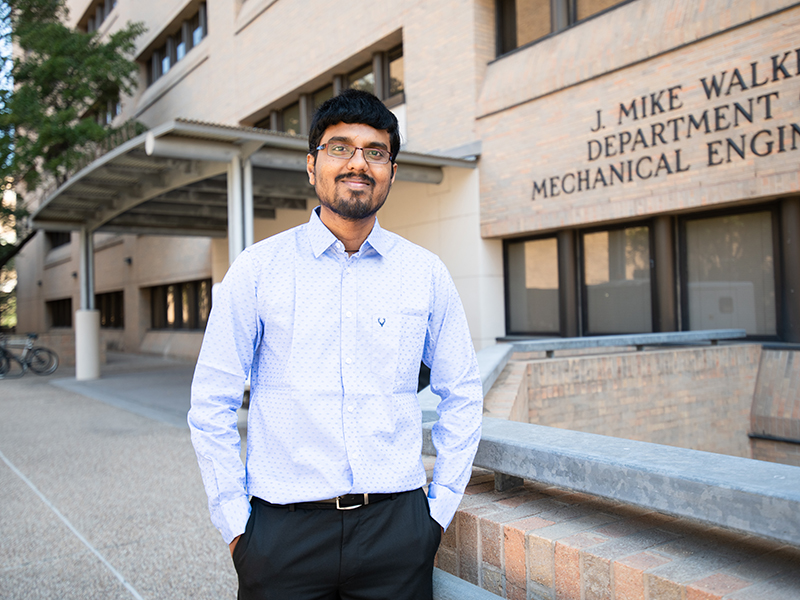
Raghavendra Bollapragada
Assistant Professor
raghu.bollapragada@utexas.edu
Office Location: ETC 5.118
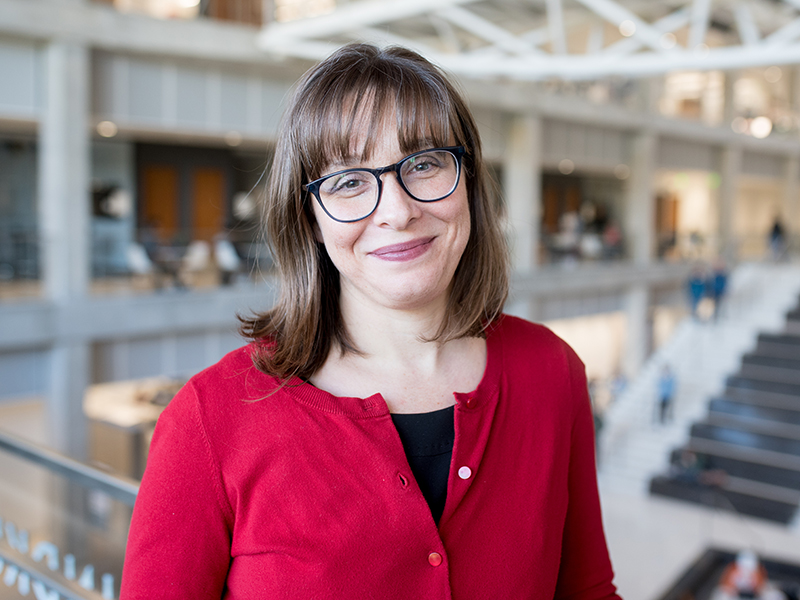
Maura Borrego
Professor
E.P. Schoch Professorship in Engineering
maura.borrego@austin.utexas.edu
512-471-3083
Office Location: EER 3.608
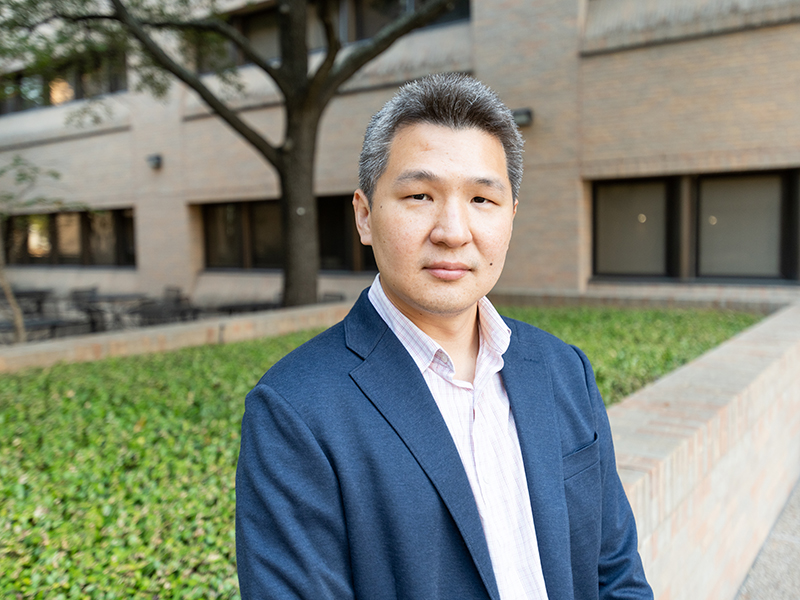
Chih-Hao Chang
Professor
Earl N. & Margaret Brasfield Endowed Faculty Fellowship in Engineering
chichang@utexas.edu
Office Location: ETC 4.152A
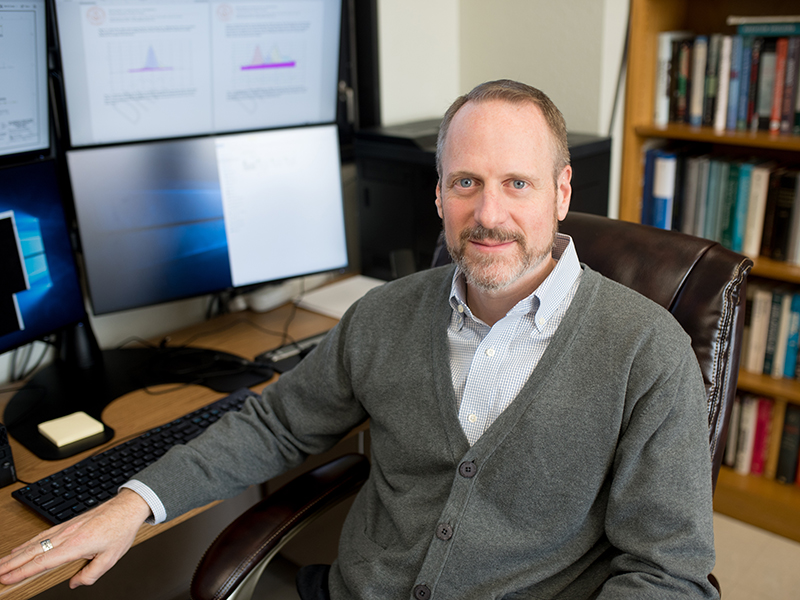
William Charlton
Director, Nuclear Engineering Teaching Laboratory; Professor
John J. McKetta Energy Professorship in Engineering
wcharlton@austin.utexas.edu
512-232-5380
Office Location: ETC 7.114
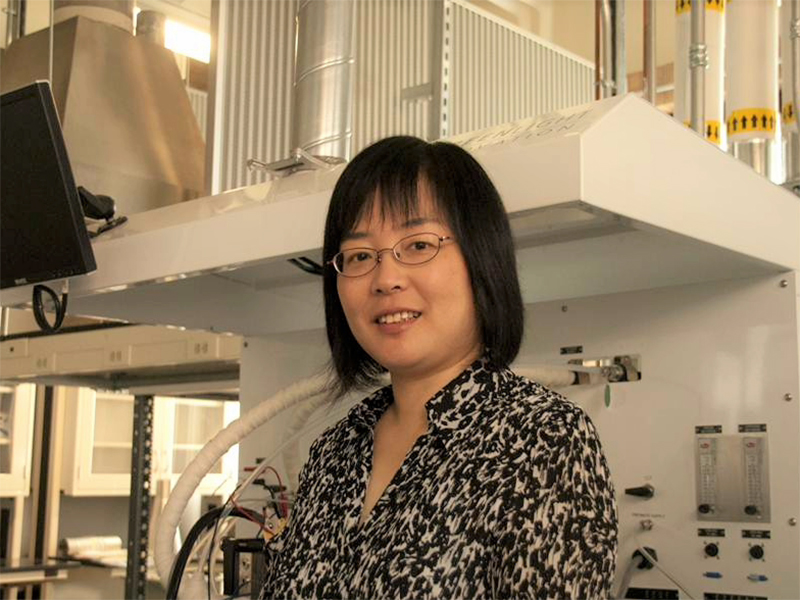
Dongmei "Maggie" Chen
Professor
J. Mike Walker Professorship in Mechanical Engineering
dmchen@me.utexas.edu
512-471-4487
Office Location: ETC 4.166

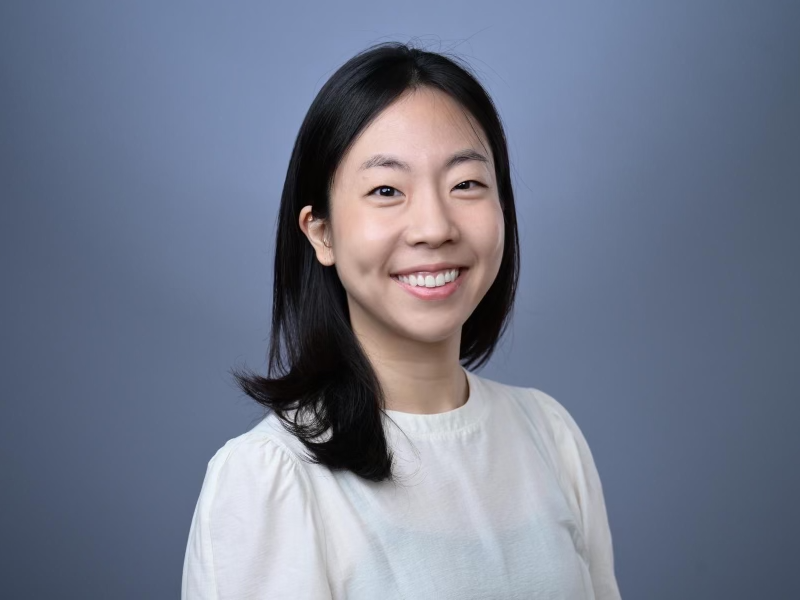
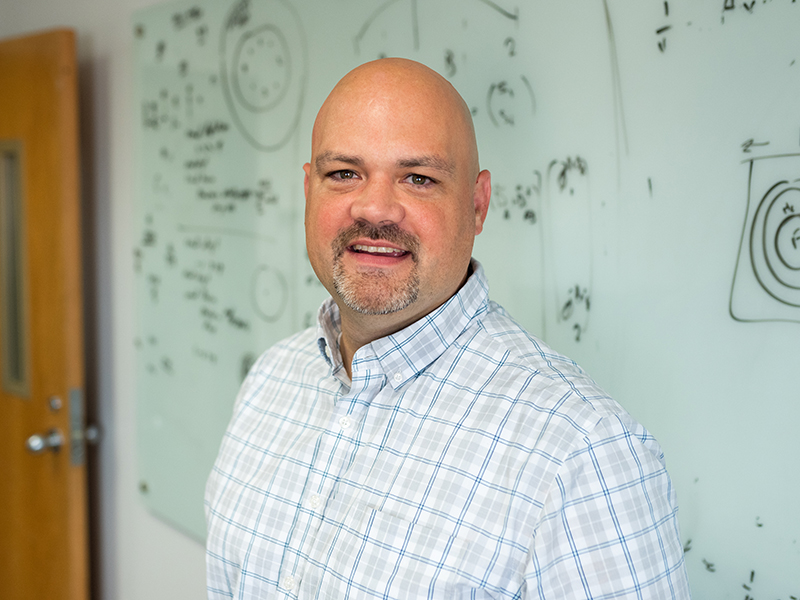
Kevin Clarno
Associate Professor
Charlotte Maer Patton Centennial Fellowship in Engineering
kevin.clarno@austin.utexas.edu
Office Location: ETC 7.150
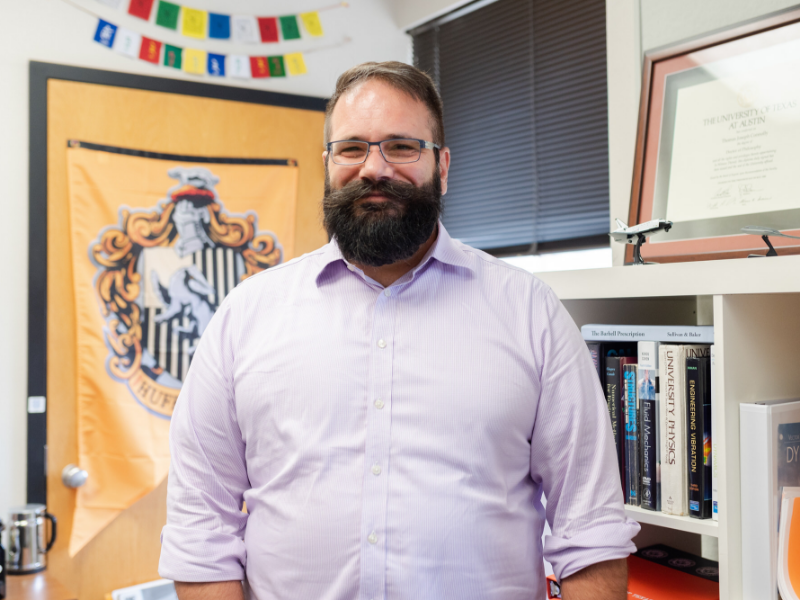
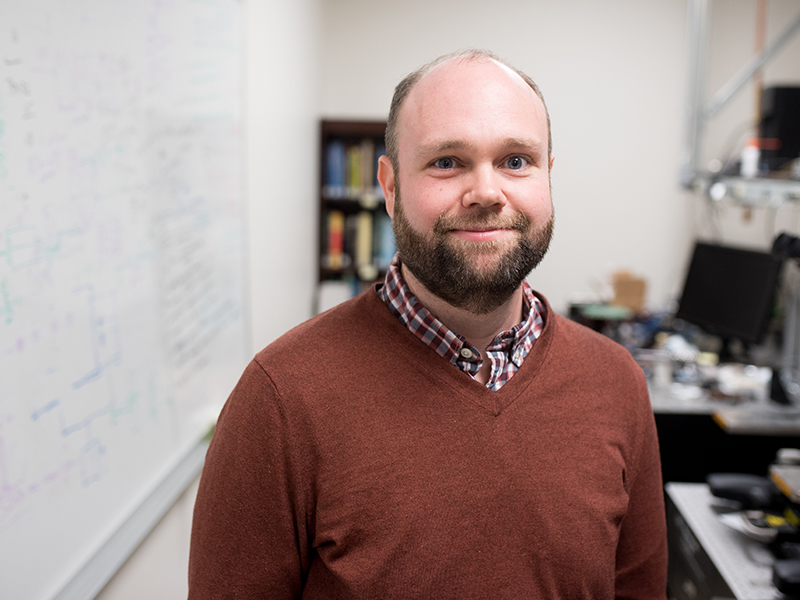
Michael Cullinan
Associate Professor
Temple Foundation Endowed Faculty Fellowship No. 3
michael.cullinan@austin.utexas.edu
512-471-0262
Office Location: ETC 4.154
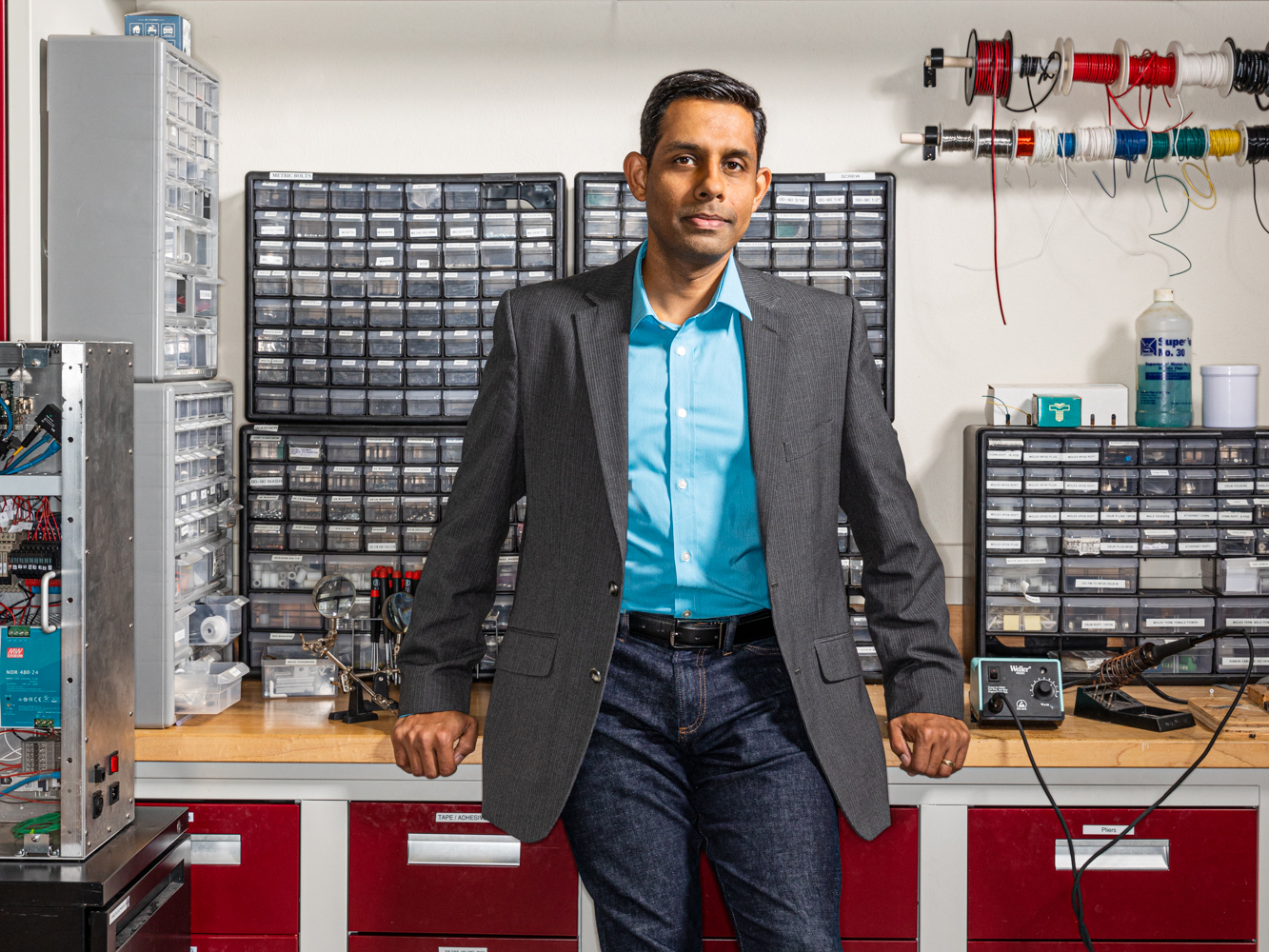
Ashish Deshpande
Professor
Carroll D. Simmons Centennial Teaching Fellowship in Engineering, Cockrell Family Regents Chair in Engineering #7
ashish@austin.utexas.edu
512-475-7773
Office Location: AHG 2.324

Dragan Djurdjanovic
Professor
Accenture Endowed Professorship in Manufacturing Systems Engineering
dragan.djurdjanovic@mail.utexas.edu
512-232-0815
Office Location: ETC 5.122
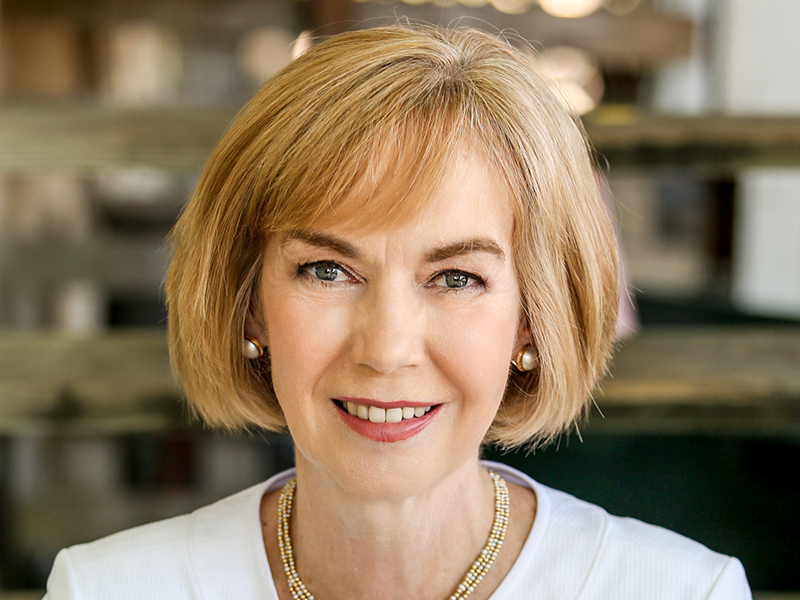
Janet Ellzey
Professor
Engineering Foundation Centennial Teaching Fellowship in Engineering No. 2
jellzey@mail.utexas.edu
512-471-7020
Office Location: ETC 7.148B
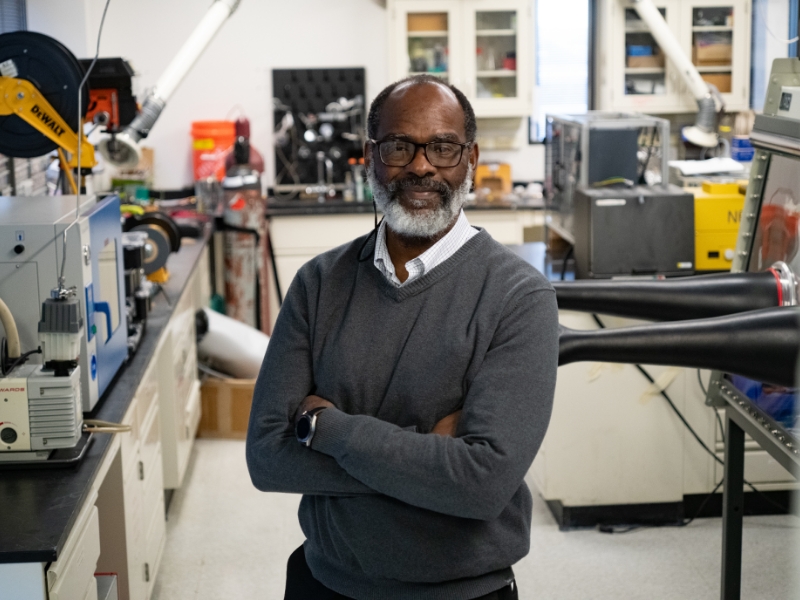
Ofodike Ezekoye
Professor
Cockrell Family Dean's Chair in Engineering Excellence, John T. MacGuire Professorship in Mechanical Engineering, Harry L. Kent, Jr. Professorship in Mechanical Engineering, Frank and Kay Reese Endowed Professorship in Engineering, W. R. Woolrich Professorship in Engineering, Joe C. Walter, Jr. Chair in Engineering
dezekoye@mail.utexas.edu
512-471-3085
Office Location: ETC 7.130
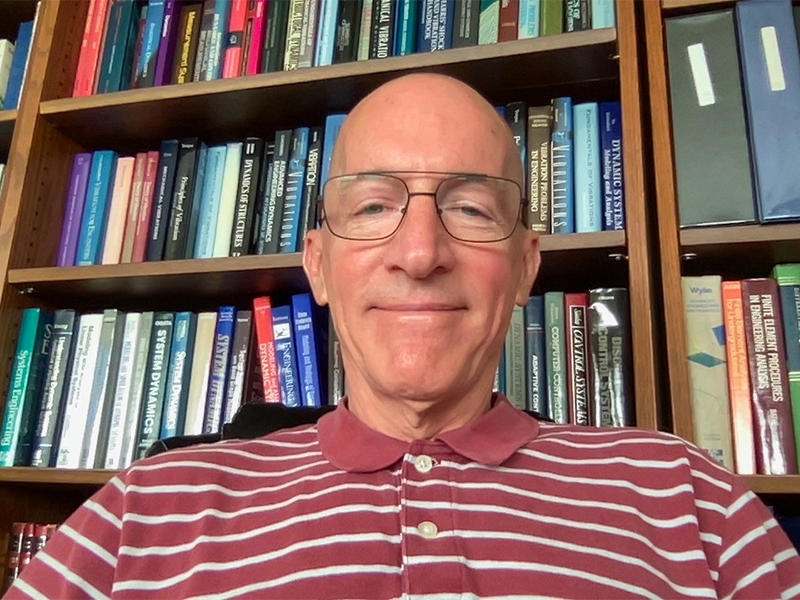
Eric Fahrenthold
Professor
Temple Foundation Endowed Faculty Fellowship No. 2
epfahren@mail.utexas.edu
512-471-3064
Office Location: ETC 4.136

Donglei "Emma" Fan
Professor
Harry L. Kent, Jr. Professorship in Mechanical Engineering
dfan@austin.utexas.edu
512-471-5874
Office Location: GLT 3.344
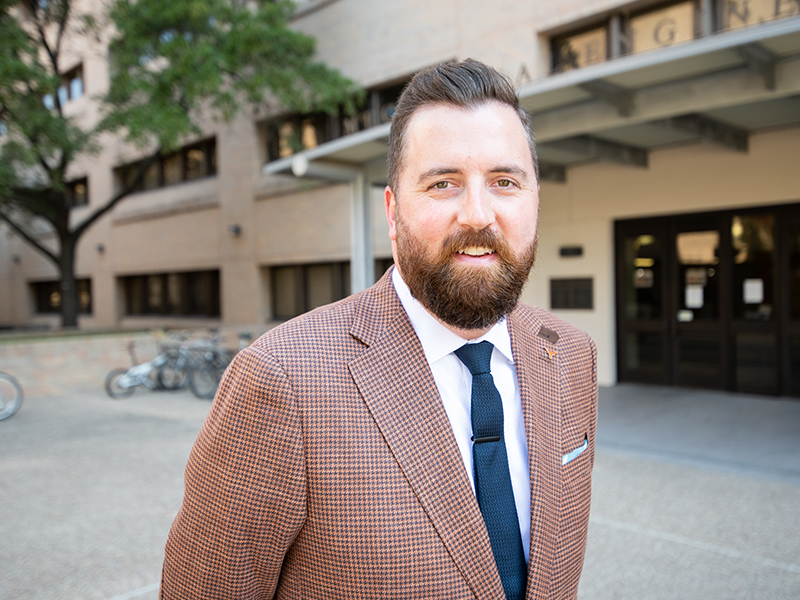
Nick Fey
Associate Professor
J. Hugh & Betty Liedtke Centennial Fellowship in Engineering, Walker Scholar
nfey@utexas.edu
512-471-3434
Office Location: AHG 2.304MB
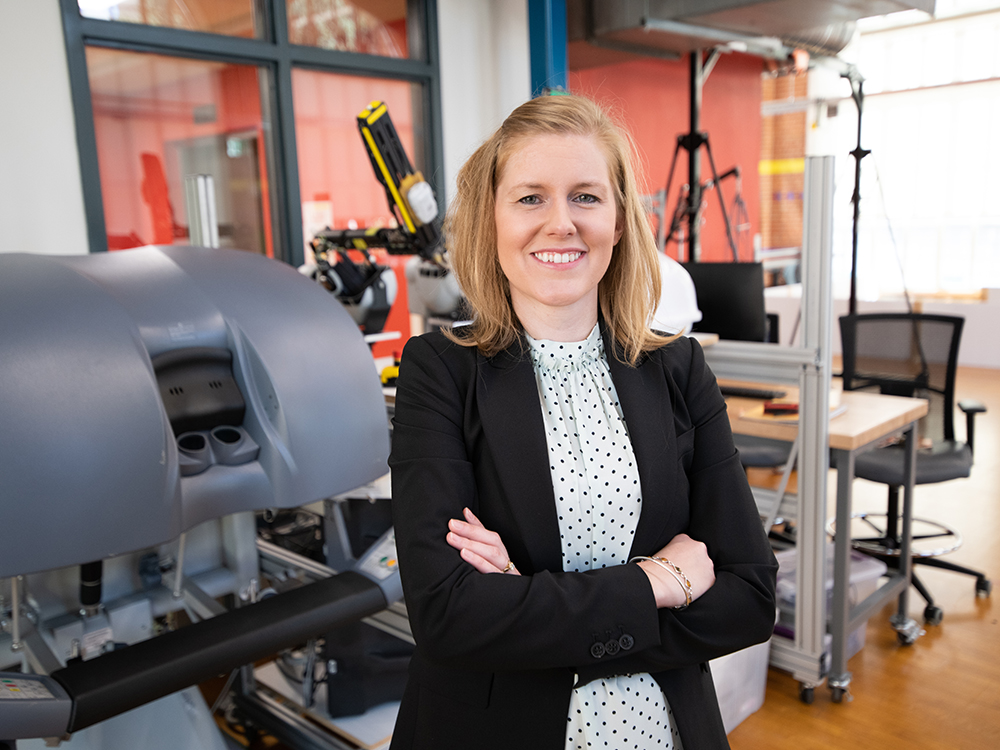
Ann Majewicz Fey
Associate Professor
Robert and Francis Stark Centennial Fellowship in Engineering
ann.majewiczfey@utexas.edu
512-471-5869
Office Location: AGH 2.202MD
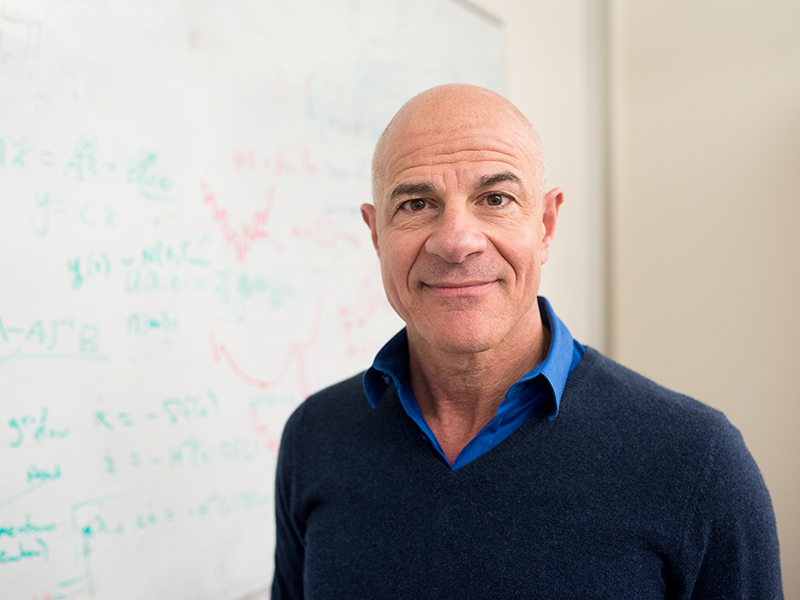
Omar Ghattas
Professor
Ernest & Virginia Cockrell Chair in Engineering
omar@ices.utexas.edu
512-232-4304
Office Location: POB 4.236A
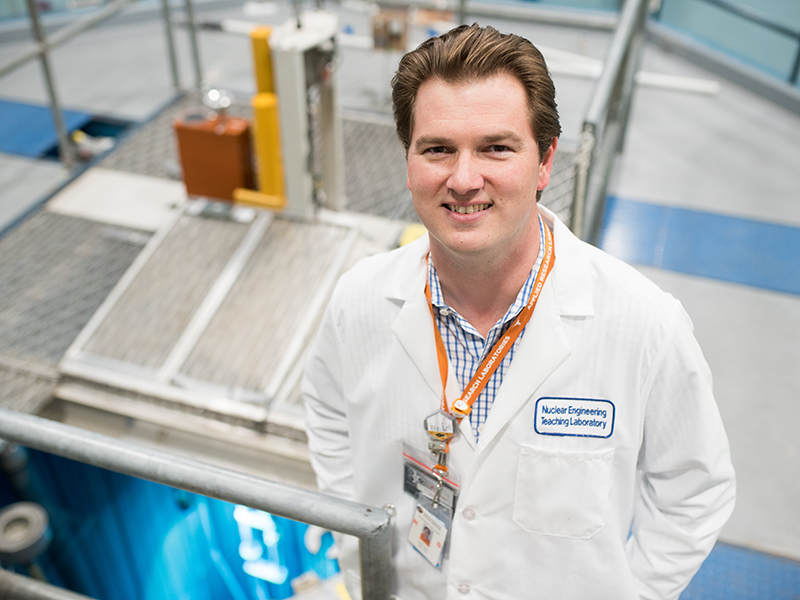
Derek Haas
Associate Professor
Chevron Centennial Fellowship in Engineering No. 2
derekhaas@utexas.edu
512-468-3871
Office Location: ETC 7.136
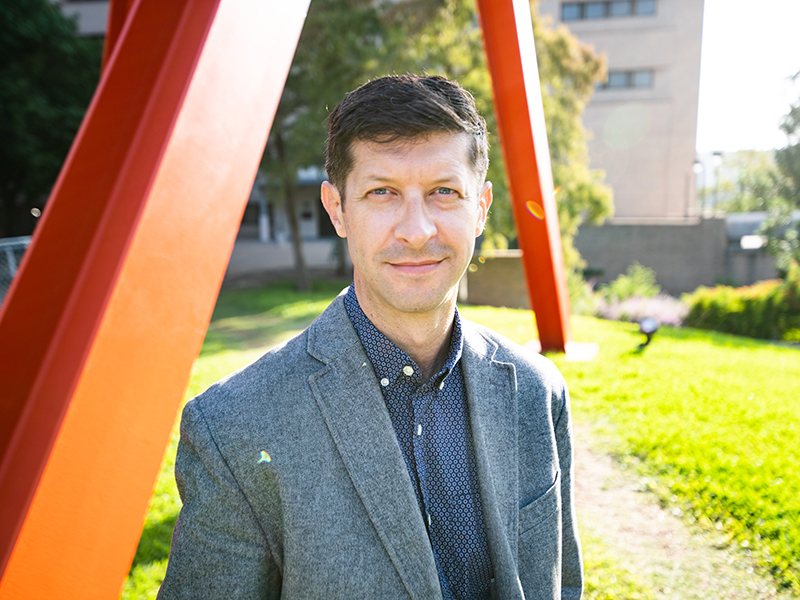
Michael Haberman
Associate Professor
Fluor Centennial Teaching Fellowship in Engineering #1
haberman@utexas.edu
512-471-8317
Office Location: ETC 4.146D
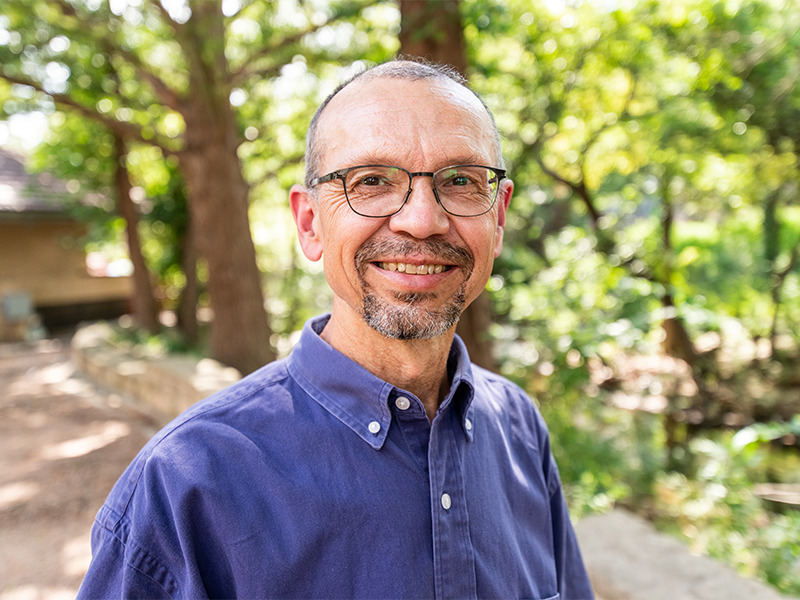
Matthew Hall
Professor
Louis T. Yule Fellowship in Engineering
mjhall@mail.utexas.edu
512-471-1292
Office Location: ETC 7.142C
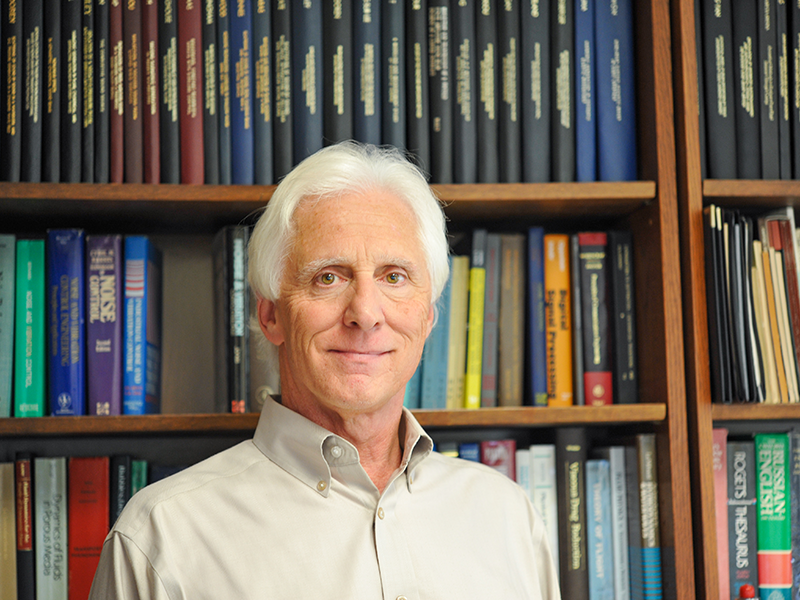
Mark Hamilton
Professor
W.R. Woolrich Professorship in Engineering
hamilton@mail.utexas.edu
512-471-3055
Office Location: ETC 4.146C
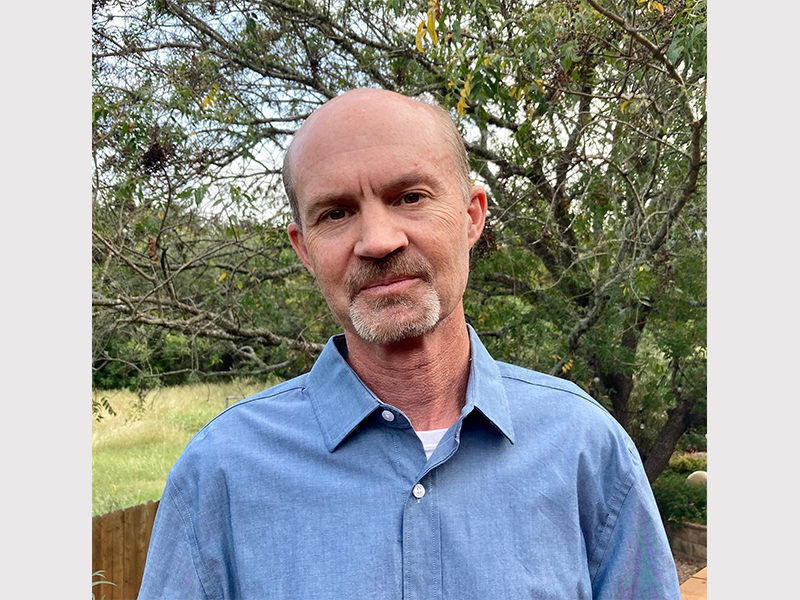
John Hasenbein
Professor
Cullen Trust for Higher Education Endowed Professorship in Engineering #4
jhas@mail.utexas.edu
512-471-3079
Office Location: ETC 5.128B
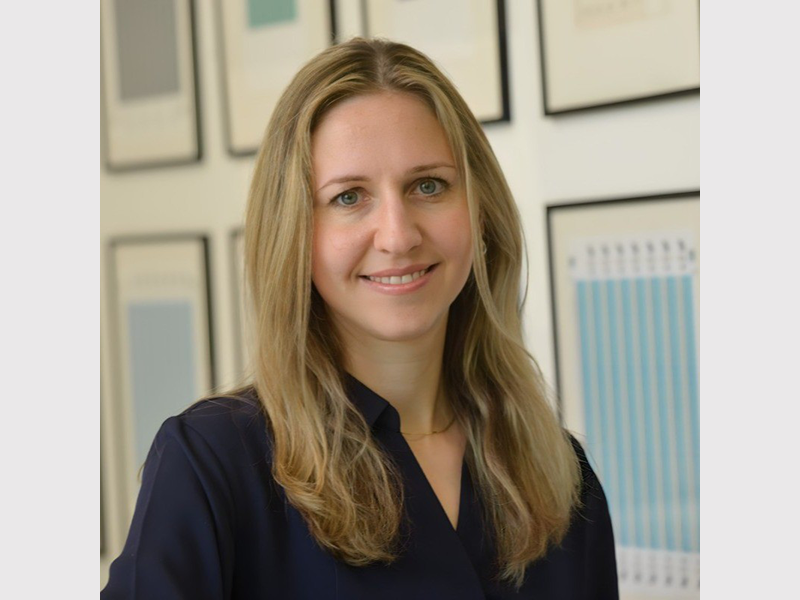

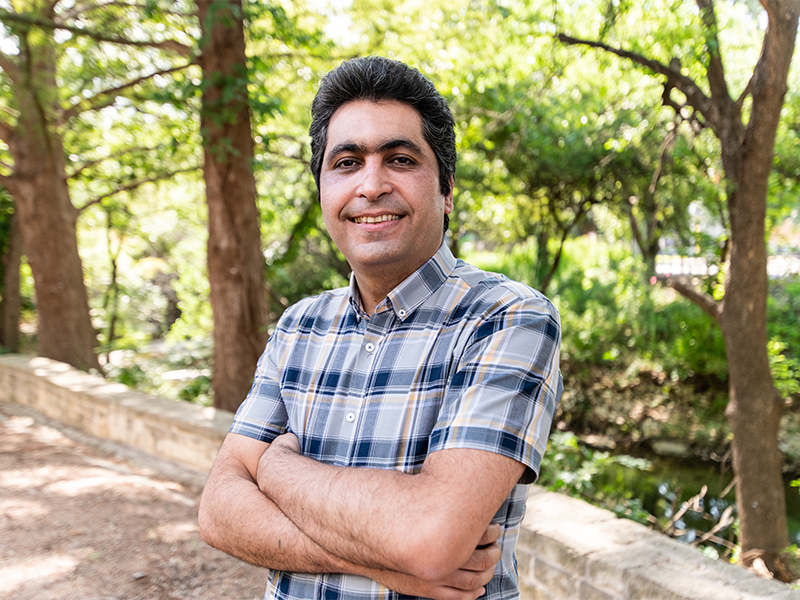
Hadi Khani
Research Assistant Professor
hadi.khani@austin.utexas.edu
512-471-4767
Office Location: ETC 9.108
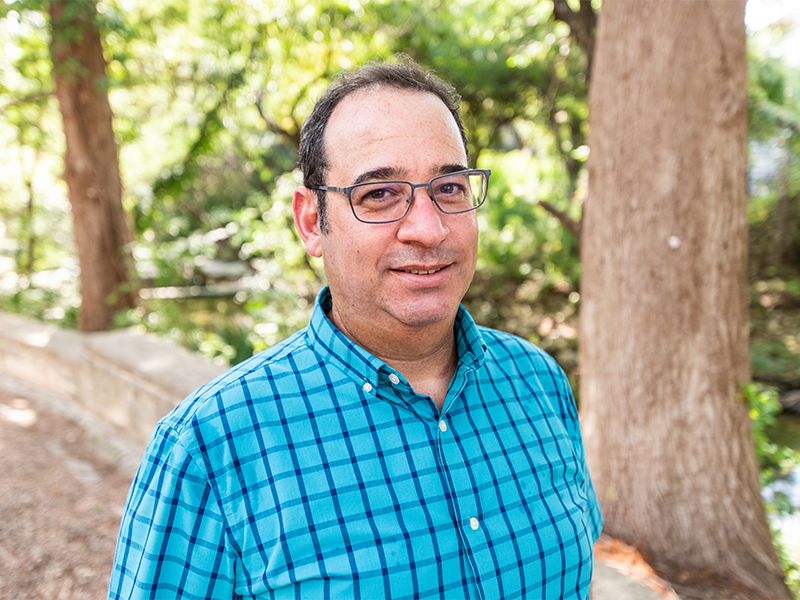
Desiderio Kovar
Professor
The BF Goodrich Endowed Professorship in Materials Engineering and Distinguished Teaching Professor
dekovar@austin.utexas.edu
512-471-5185
Office Location: ETC 9.146
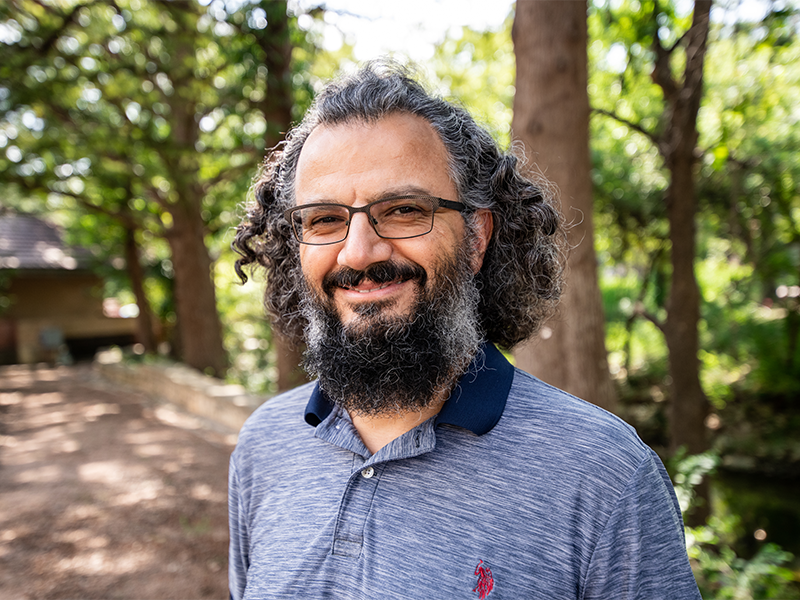
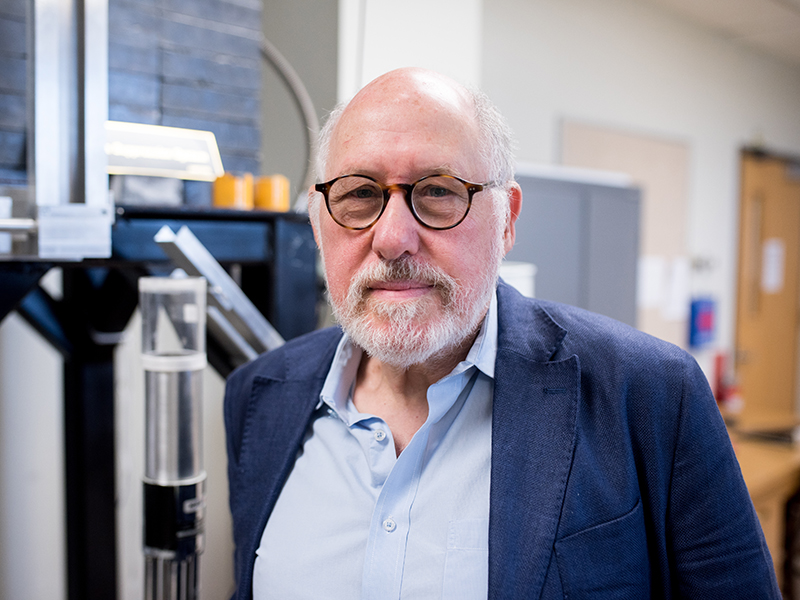
Sheldon Landsberger
Professor
Robert B. Trull Chair in Engineering
s.landsberger@mail.utexas.edu
512-796-0287
Office Location: ETC 7.116
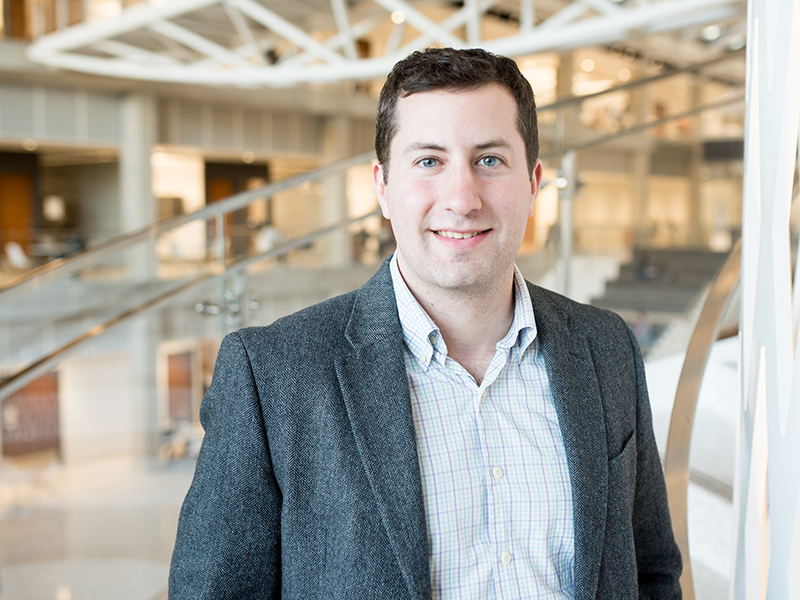
Benjamin Leibowicz
Associate Professor
Banks McLaurin Fellowship in Engineering
bleibowicz@utexas.edu
512-475-9550
Office Location: ETC 5.128D
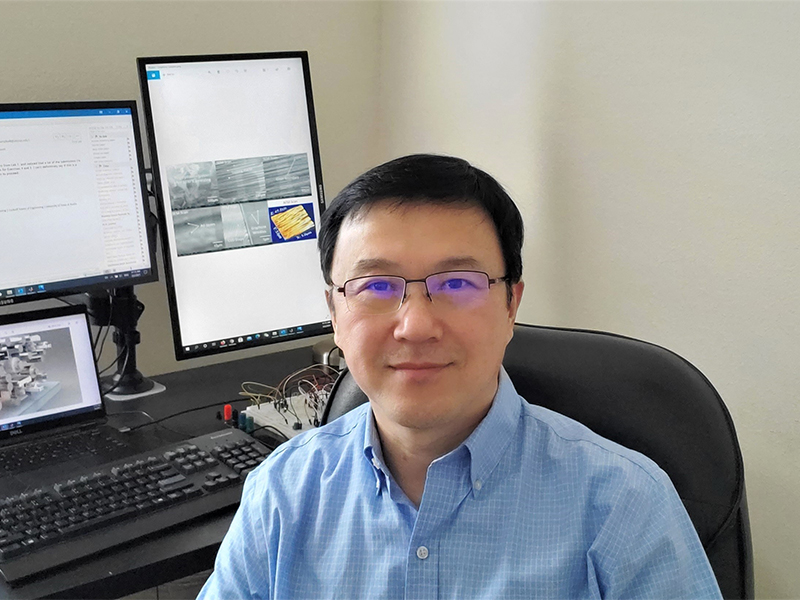
Wei Li
Professor
John T. MacGuire Professorship in Mechanical Engineering
weiwli@austin.utexas.edu
512-471-7174
Office Location: ETC 4.146B
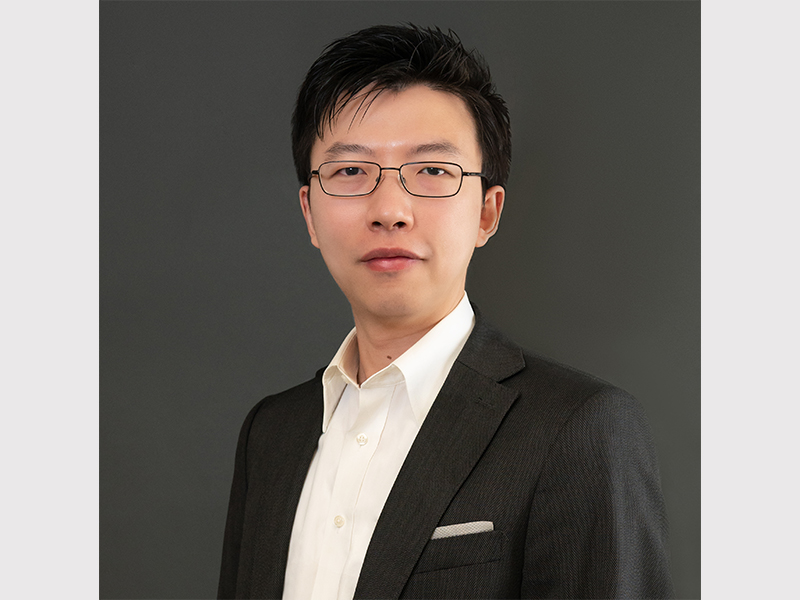
Yuanyue Liu
Associate Professor
Temple Foundation Endowed Faculty Fellowship No. 1
yuanyue.liu@austin.utexas.edu
512-232-3788
Office Location: ETC 9.168
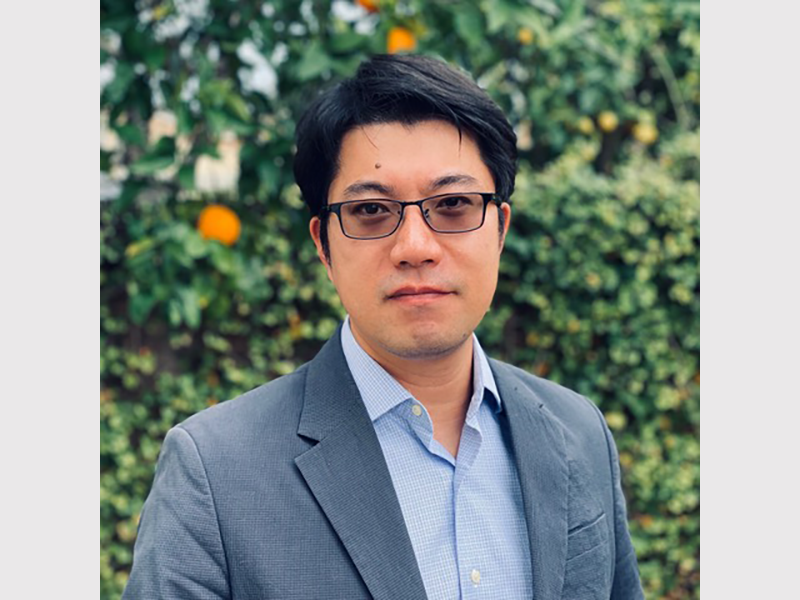
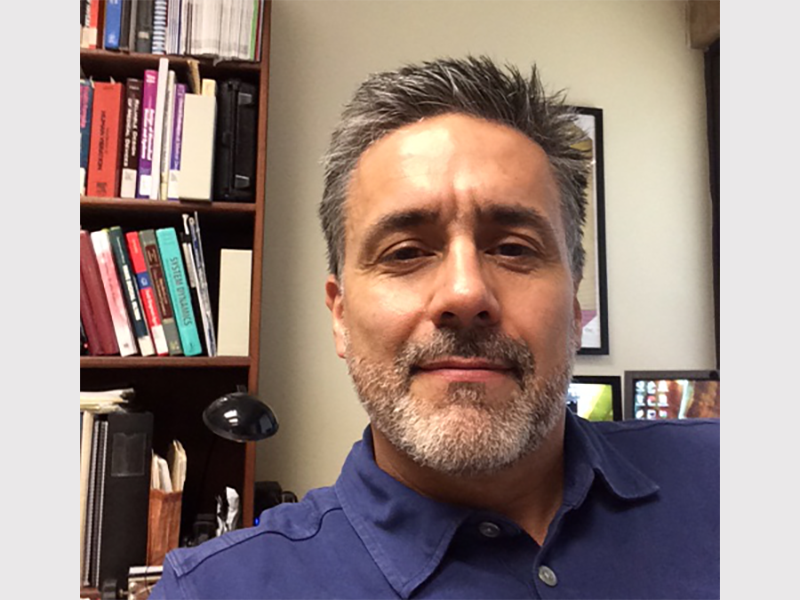
Raul Longoria
Professor
General Motors Foundation Centennial Teaching Fellowship in Mechanical Engineering
r.longoria@mail.utexas.edu
512-471-0530
Office Location: ETC 4.170
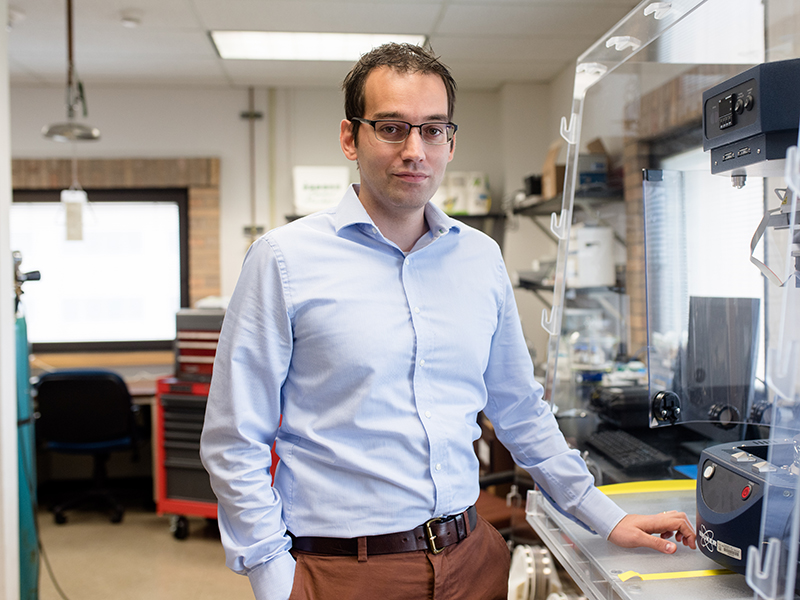
Filippo Mangolini
Associate Professor
Temple FDN Endowed Teaching Fellowship in ENG #1
filippo.mangolini@austin.utexas.edu
512-471-3244
Office Location: ETC 9.176
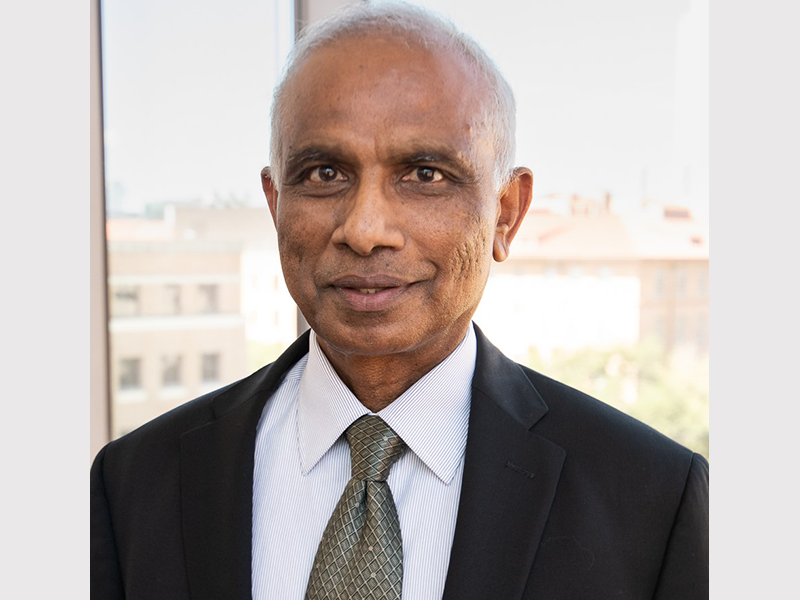
Arumugam Manthiram
Professor
George T. & Gladys H. Abell Endowed Chair of Engineering
rmanth@mail.utexas.edu
512-471-1791
Office Location: GLT 3.210
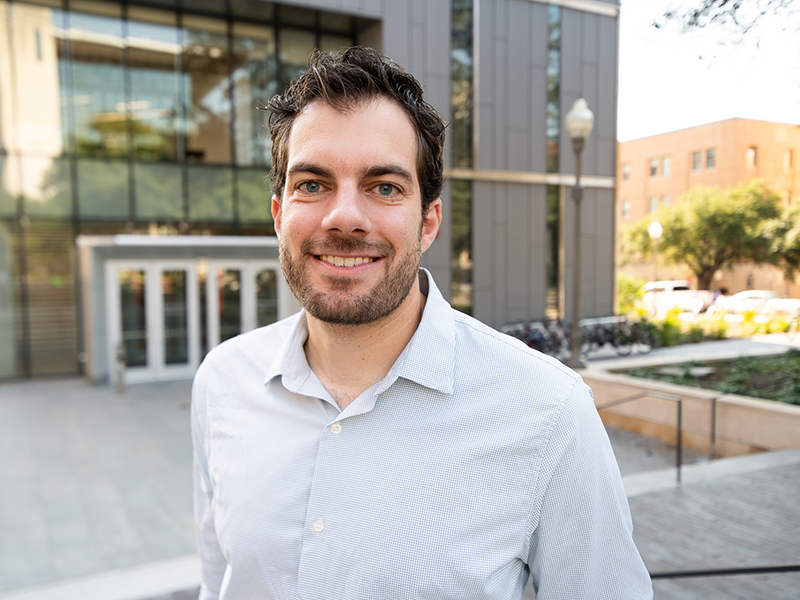
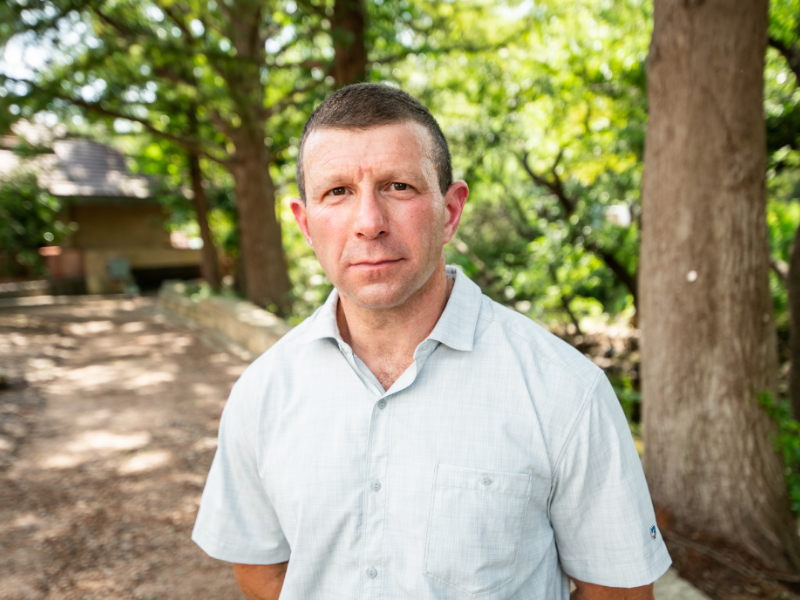
David Mitlin
Professor
Annis & Jack Bowen Endowed Professorship in Engineering
david.mitlin@austin.utexas.edu
Office Location: GLT 2.248
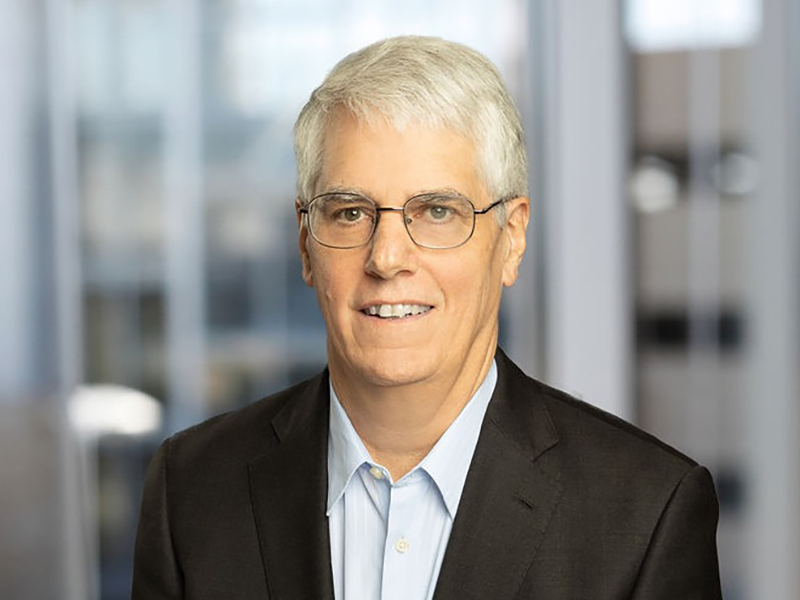
Robert Moser
Professor
W. A. "Tex" Moncrief, Jr. Chair in Computational Engineering and Sciences I
rmoser@mail.utexas.edu
512-471-3168
Office Location: POB 6.412
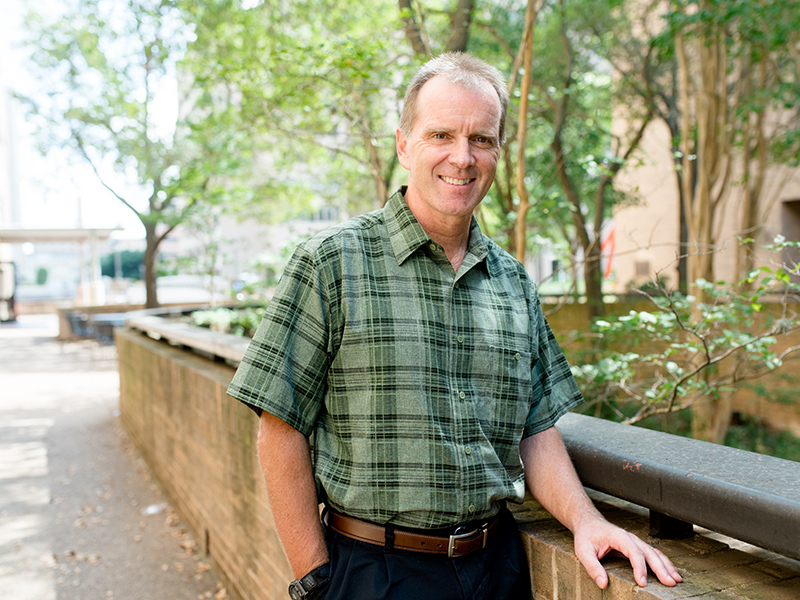
Richard Neptune
Professor
William and Bettye Nowlin Chair in Engineering
rneptune@mail.utexas.edu
512-471-0848
Office Location: ETC 4.132

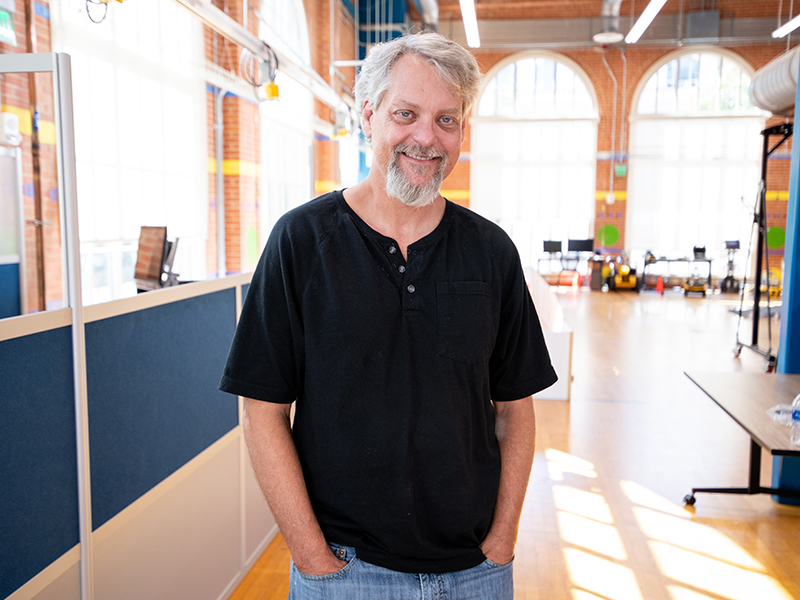
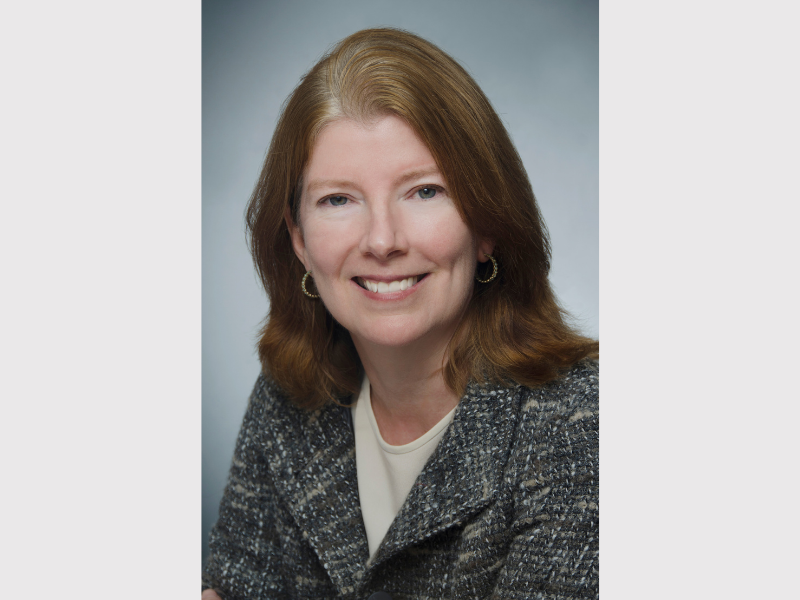

Gregory Rulifson
Associate Professor of Practice
gregory.rulifson@austin.utexas.edu
916-212-1089
Office Location: ETC 3.156
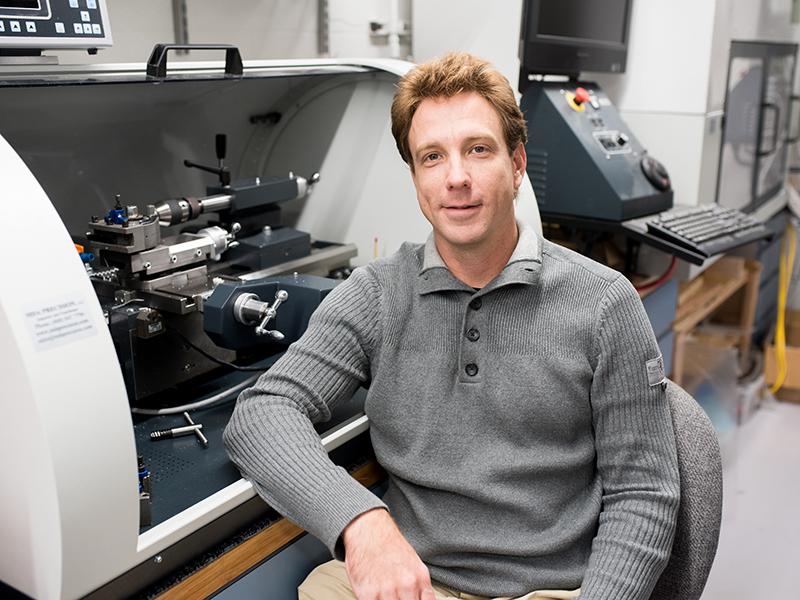

M. Nichole Rylander
Associate Professor
Werner W. Dornberger Centennial Teaching Fellowship in Engineering
mnr@austin.utexas.edu
512-232-0865
Office Location: ETC 7.142B
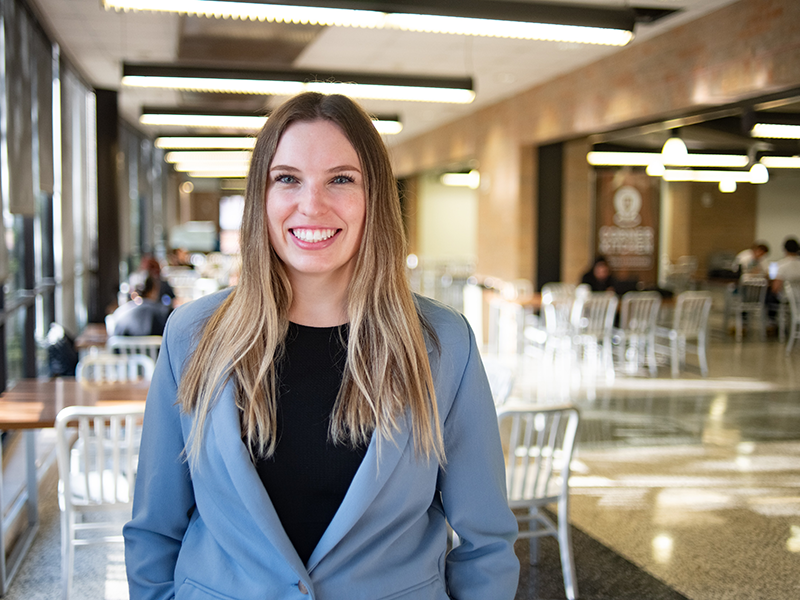
Anastasia Schauer
Assistant Professor
anastasia.schauer@austin.utexas.edu
Office Location: ETC 4.165

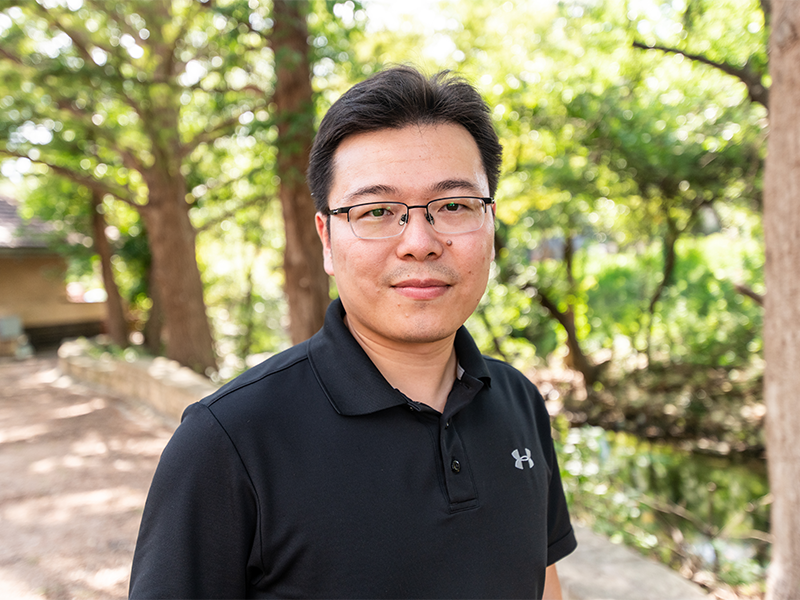
Zhenghui Sha
Associate Professor
June and Gene Gillis Endowed Faculty Fellowship in Manufacturing Systems Engineering, Walker Scholar
zsha@austin.utexas.edu
512-471-1818
Office Location: ETC 4.142
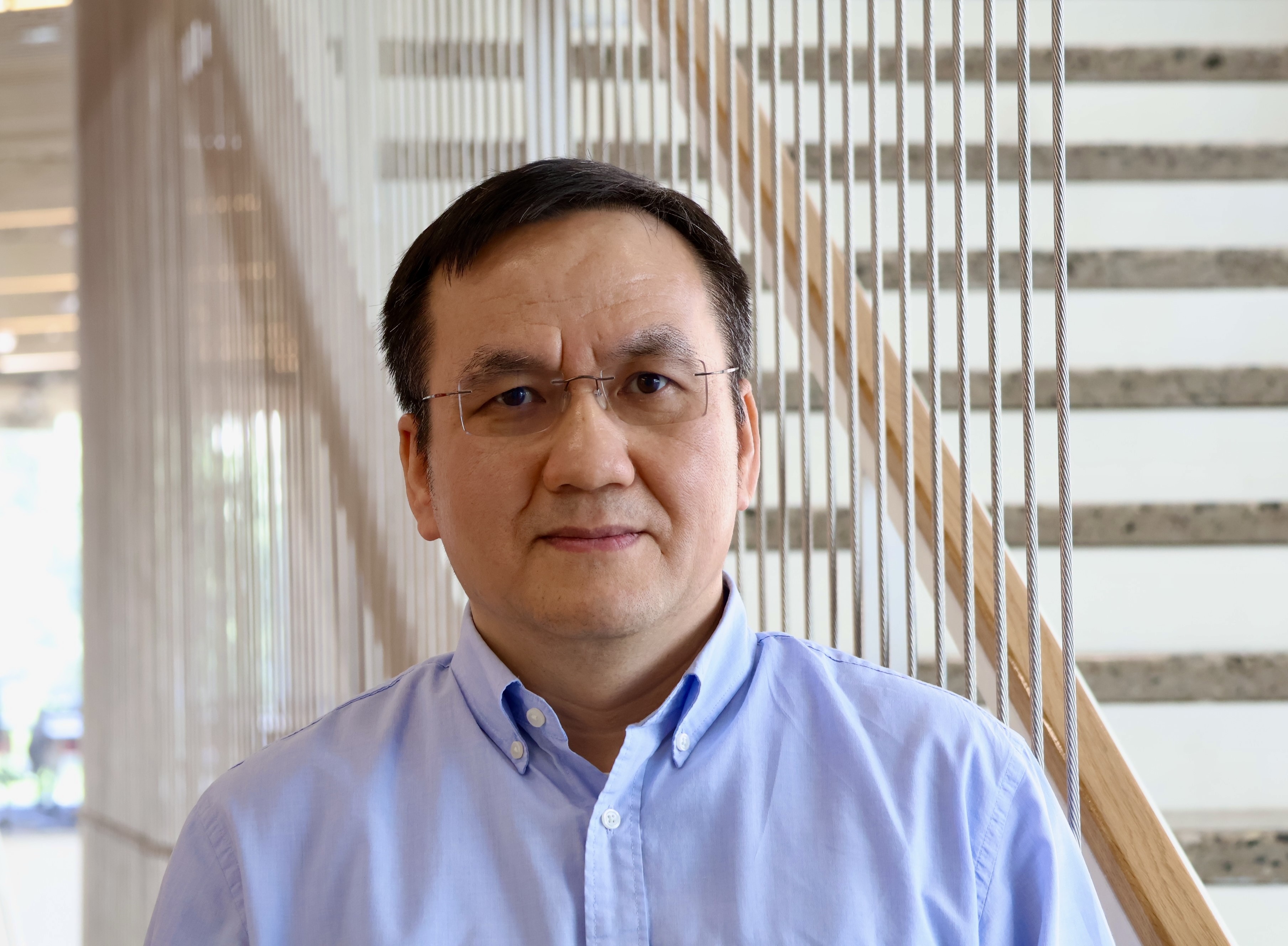
Li Shi
Professor
Ernest Cockrell, Sr. Chair in Engineering #2
lishi@mail.utexas.edu
512-471-3109
Office Location: GLT 2.230
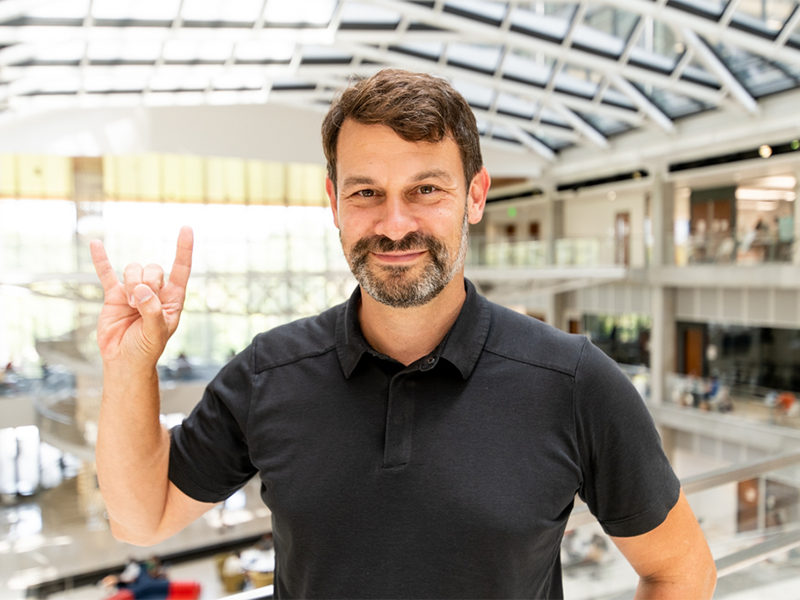
Donald Siegel
Department Chair and Professor
Temple Foundation Endowed Professorship #4, Cockrell Family Chair for Departmental Leadership #4
donald.siegel@austin.utexas.edu
Office Location: ETC 5.208A
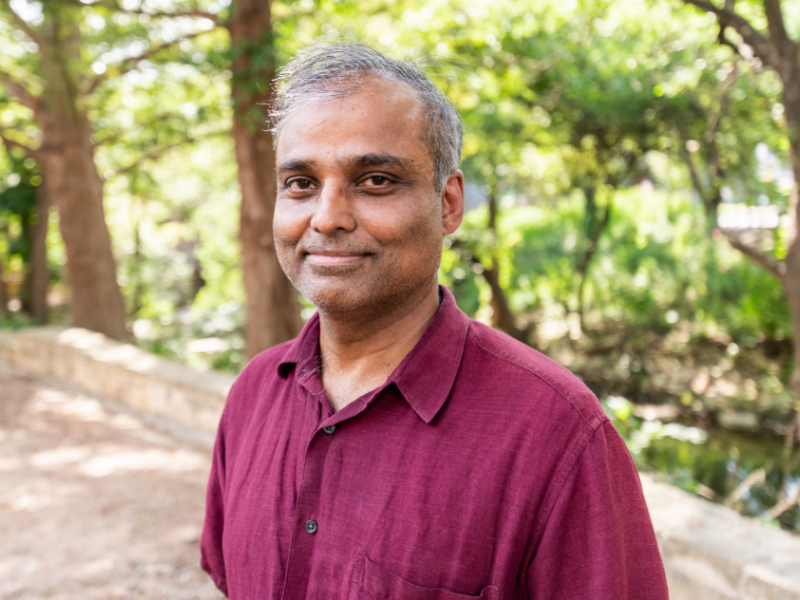
S.V. Sreenivasan
Professor
David Allen Cockrell Chair in Engineering, Cockrell Family Regents Chair in Engineering #7, Joe C. Walter, Jr. Chair in Engineering
sv.sreeni@mail.utexas.edu
512-471-6546
Office Location: EER 4.620
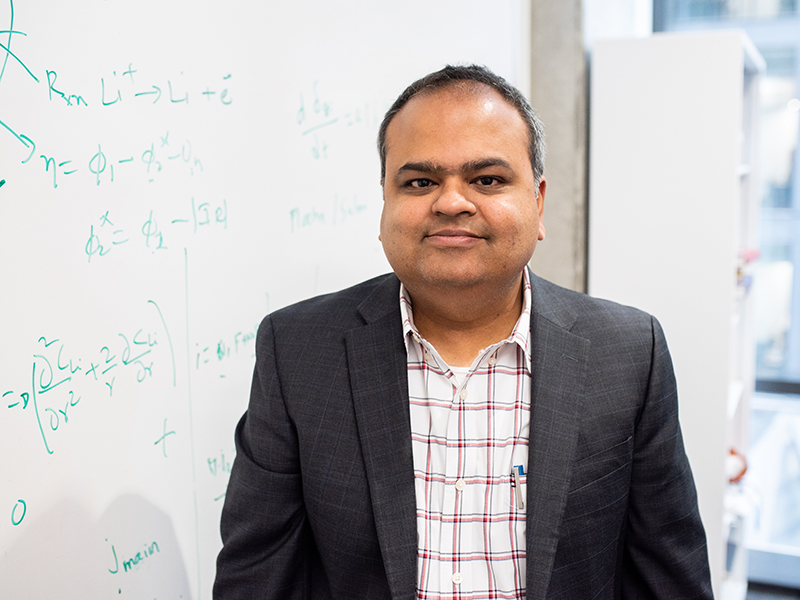
Venkat Subramanian
Professor
Cullen Trust for Higher Education Endowed Professorship in Engineering #2
venkat.subramanian@utexas.edu
Office Location: GLT 2.246
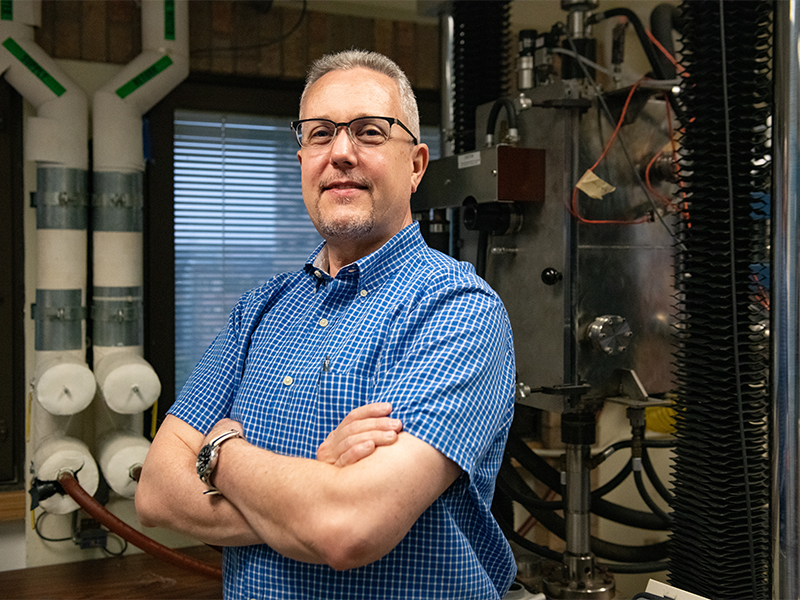
Eric Taleff
Professor
Temple Foundation Endowed Faculty Fellowship No. 6
taleff@mail.utexas.edu
512-471-5378
Office Location: ETC 9.150
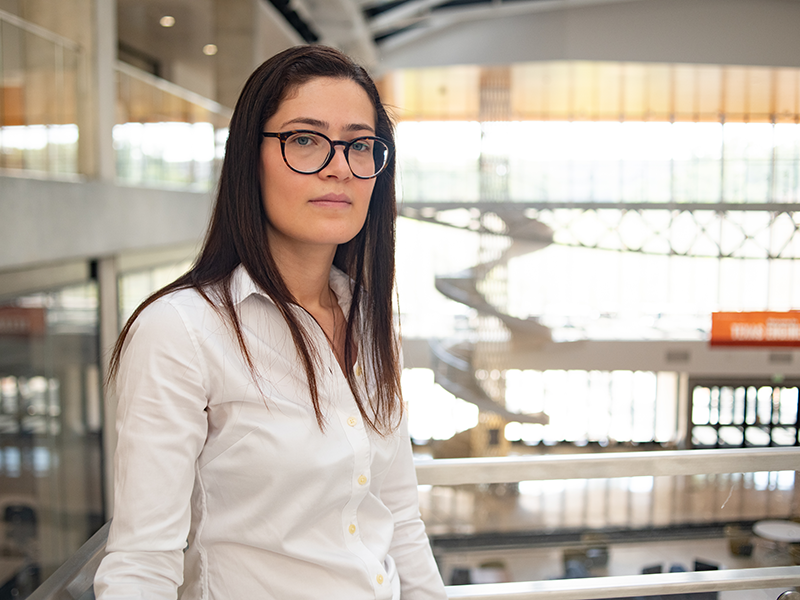
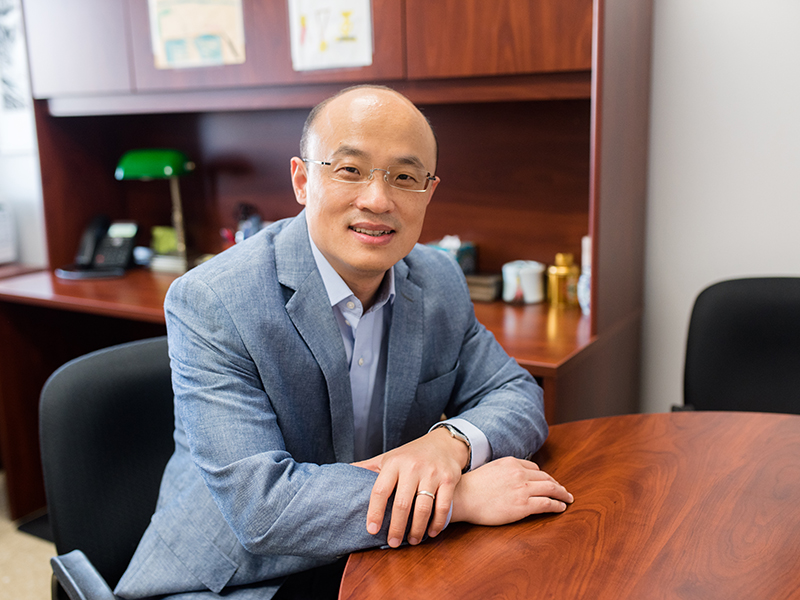
Junmin Wang
Professor
Fletcher Stuckey Pratt Chair in Engineering
jwang@austin.utexas.edu
512-232-2392
Office Location: ETC 4.152C
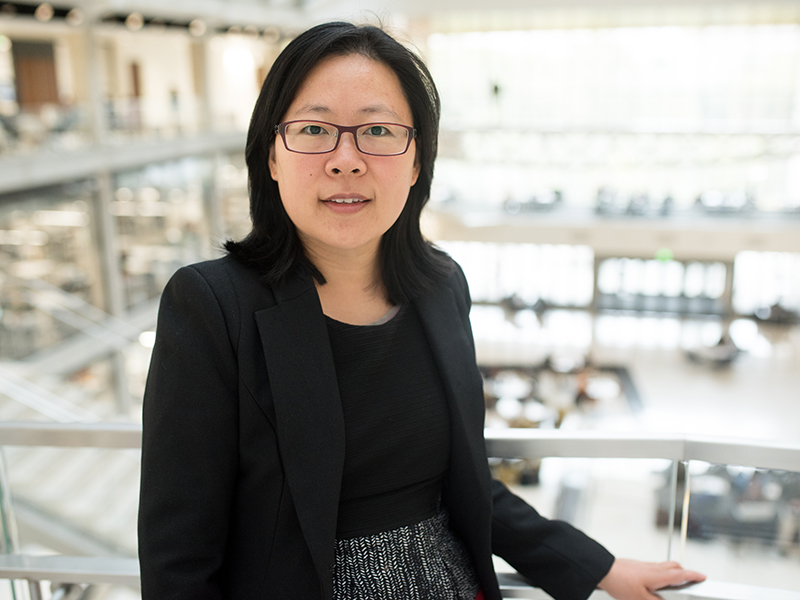
Yaguo Wang
Associate Professor
Robert & Jane Mitchell Endowed Faculty Fellowship in Engineering
yaguo.wang@austin.utexas.edu
512-475-9556
Office Location: GLT 3.332

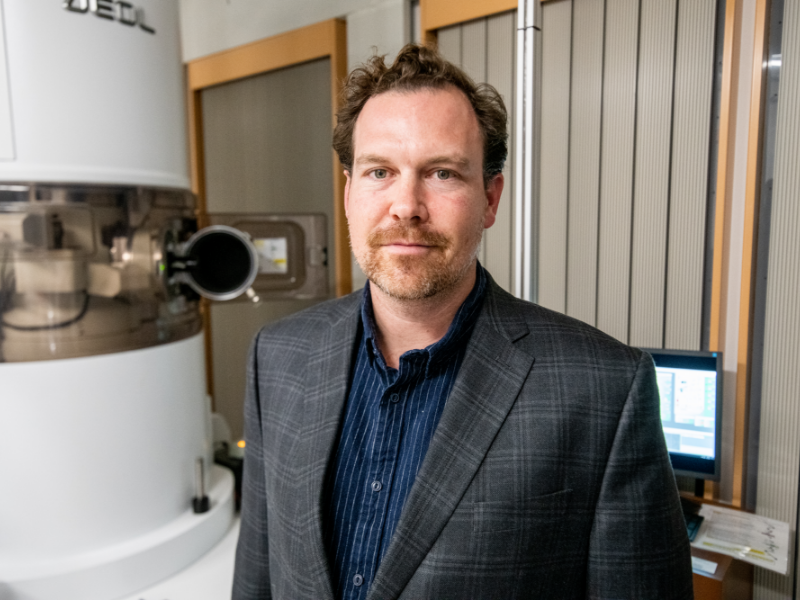
Jamie Warner
Professor
Temple Foundation Endowed Professorship No. 1
jamie.warner@austin.utexas.edu
Office Location: EER 6.620
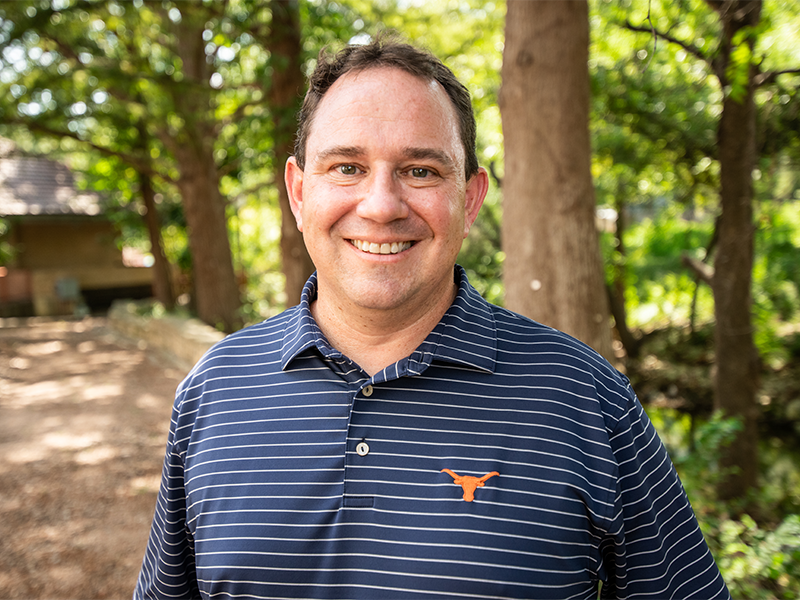
Michael Webber
Professor
Cockrell Family Chair in Engineering #16
webber@mail.utexas.edu
512-475-6867
Office Location: ETC 6.106EA
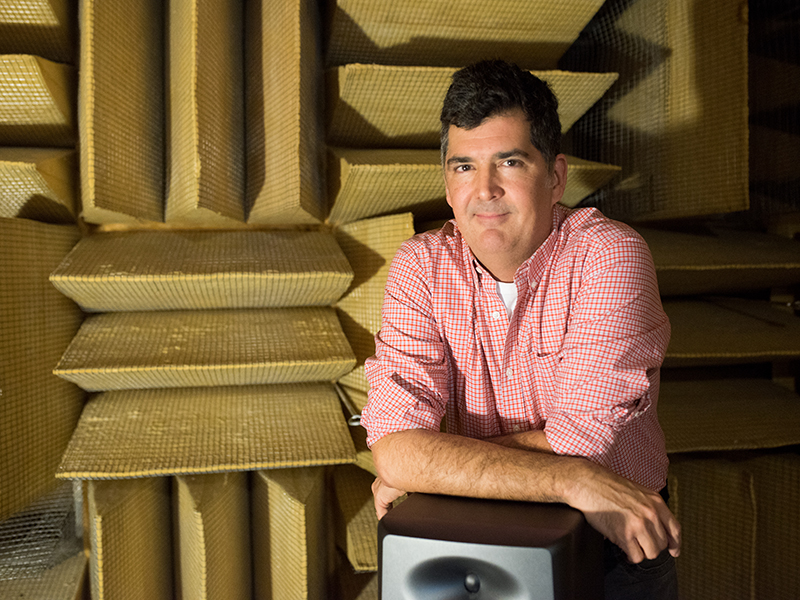
Preston Wilson
Professor
Paul D. & Betty Robertson Meek Centennial Professorship in Engineering
pswilson@mail.utexas.edu
512-475-9093
Office Location: ETC 4.152B
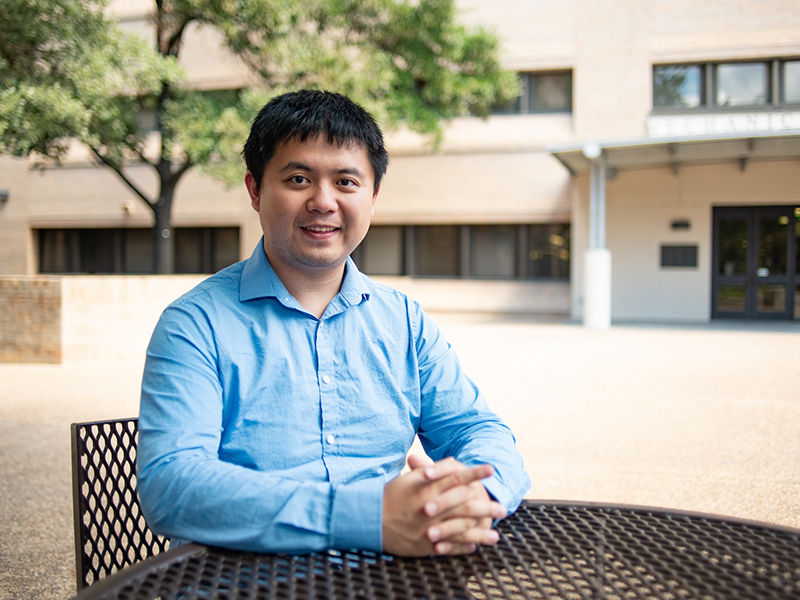
Fangzhou Xia
Assistant Professor
fangzhou.xia@austin.utexas.edu
512-232-2821
Office Location: ETC 4.158
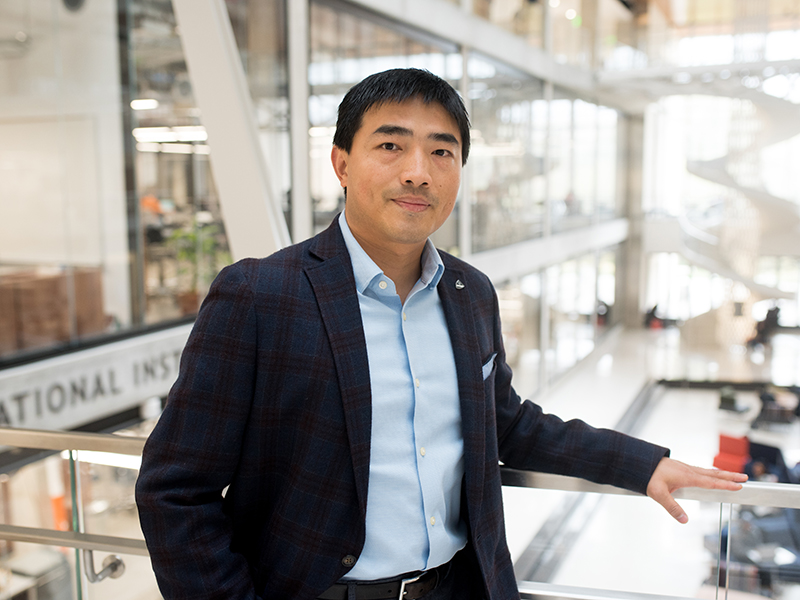
Guihua Yu
Professor
John J. McKetta Centennial Energy Chair in Engineering
ghyu@austin.utexas.edu
512-232-5276
Office Location: ETC 9.178
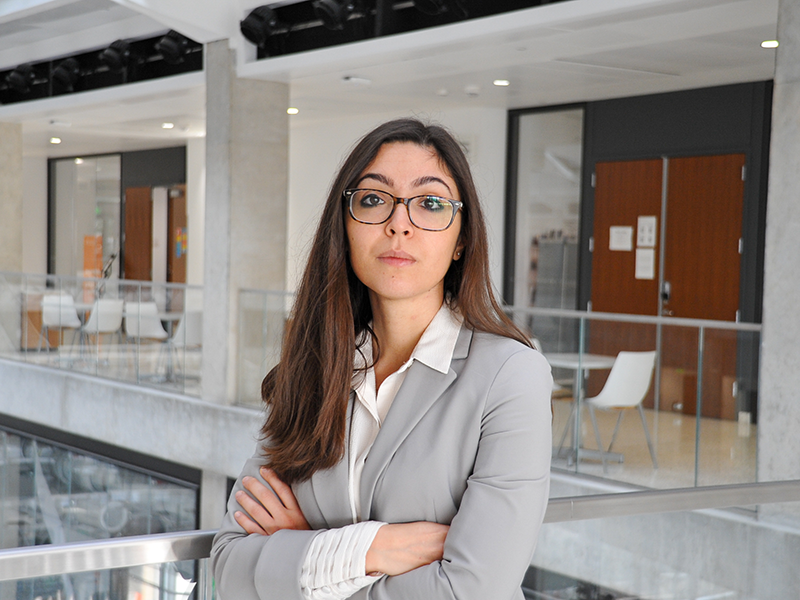
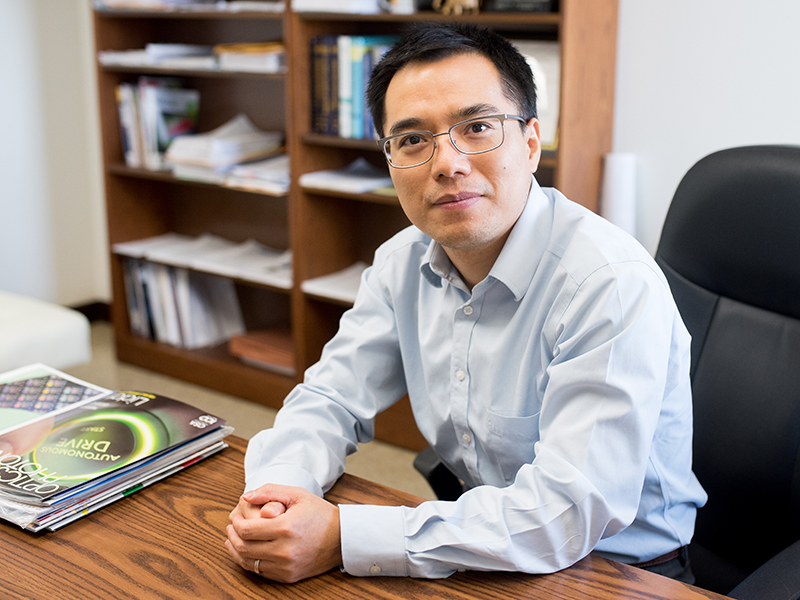
Yuebing Zheng
Professor
Temple Foundation Endowed Professorship No. 2
zheng@austin.utexas.edu
512-471-0228
Office Location: ETC 9.104
